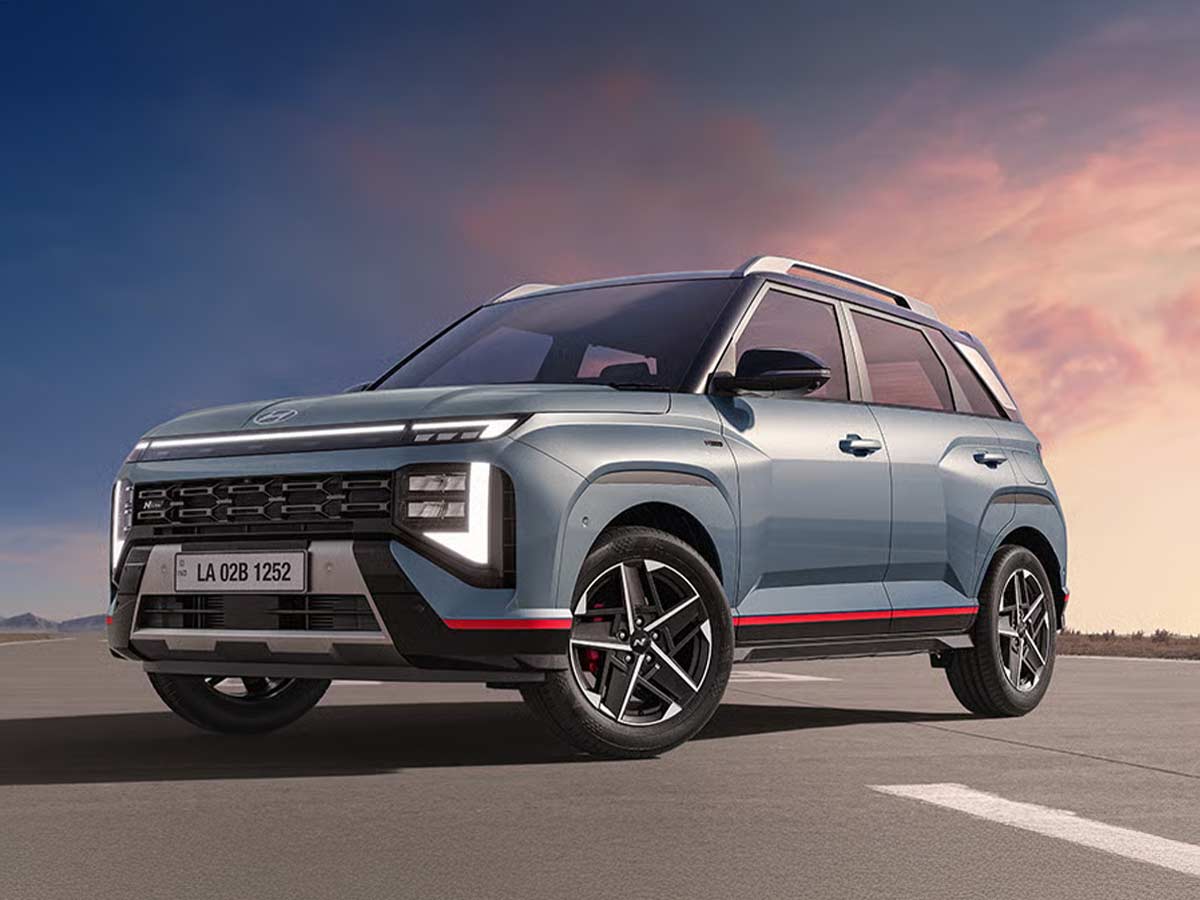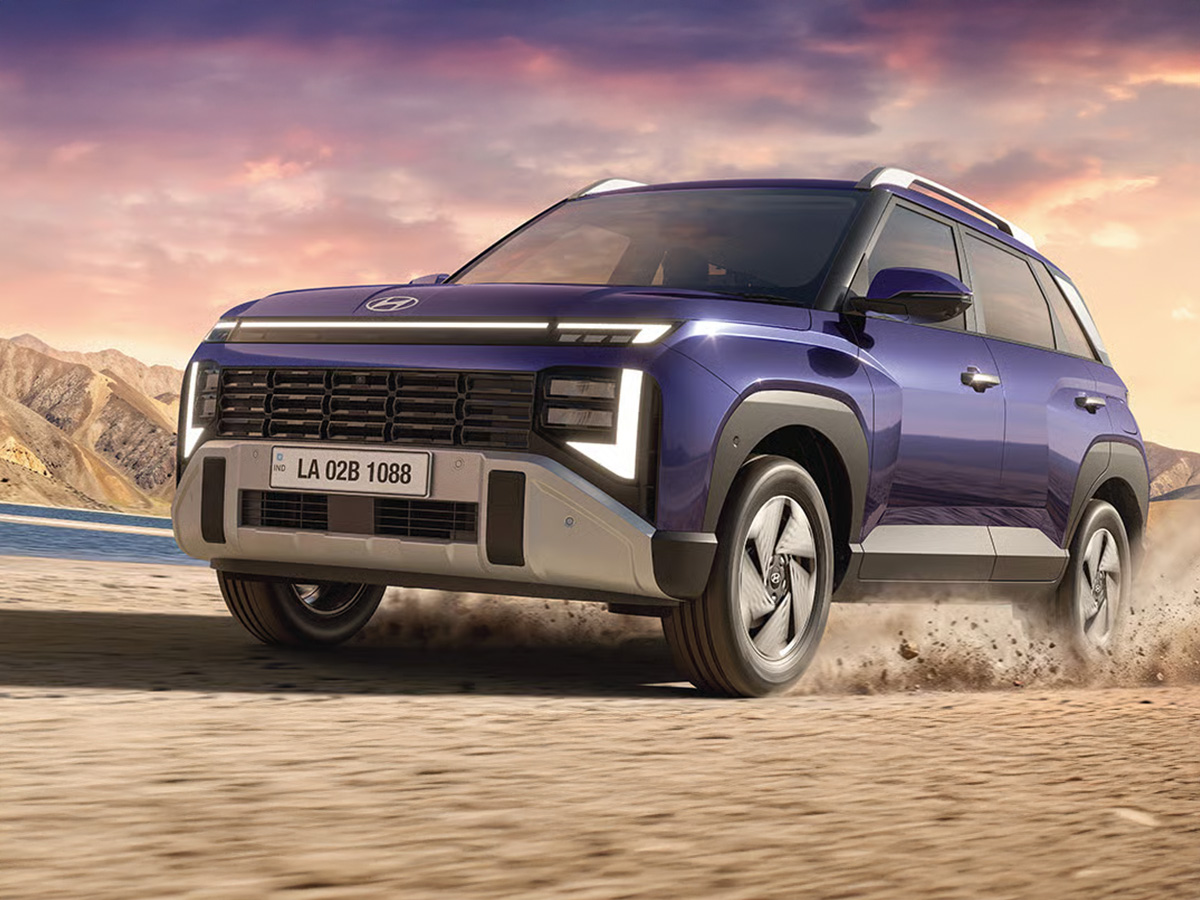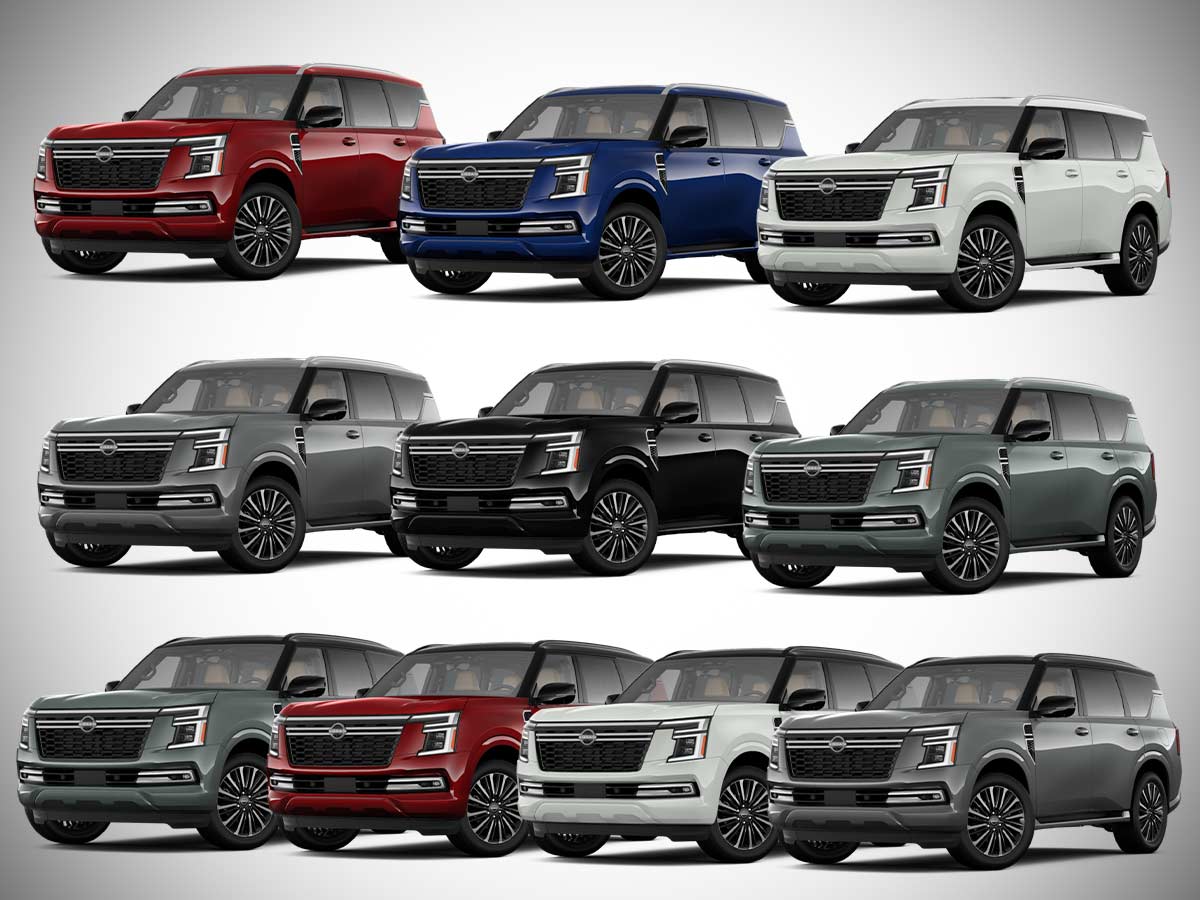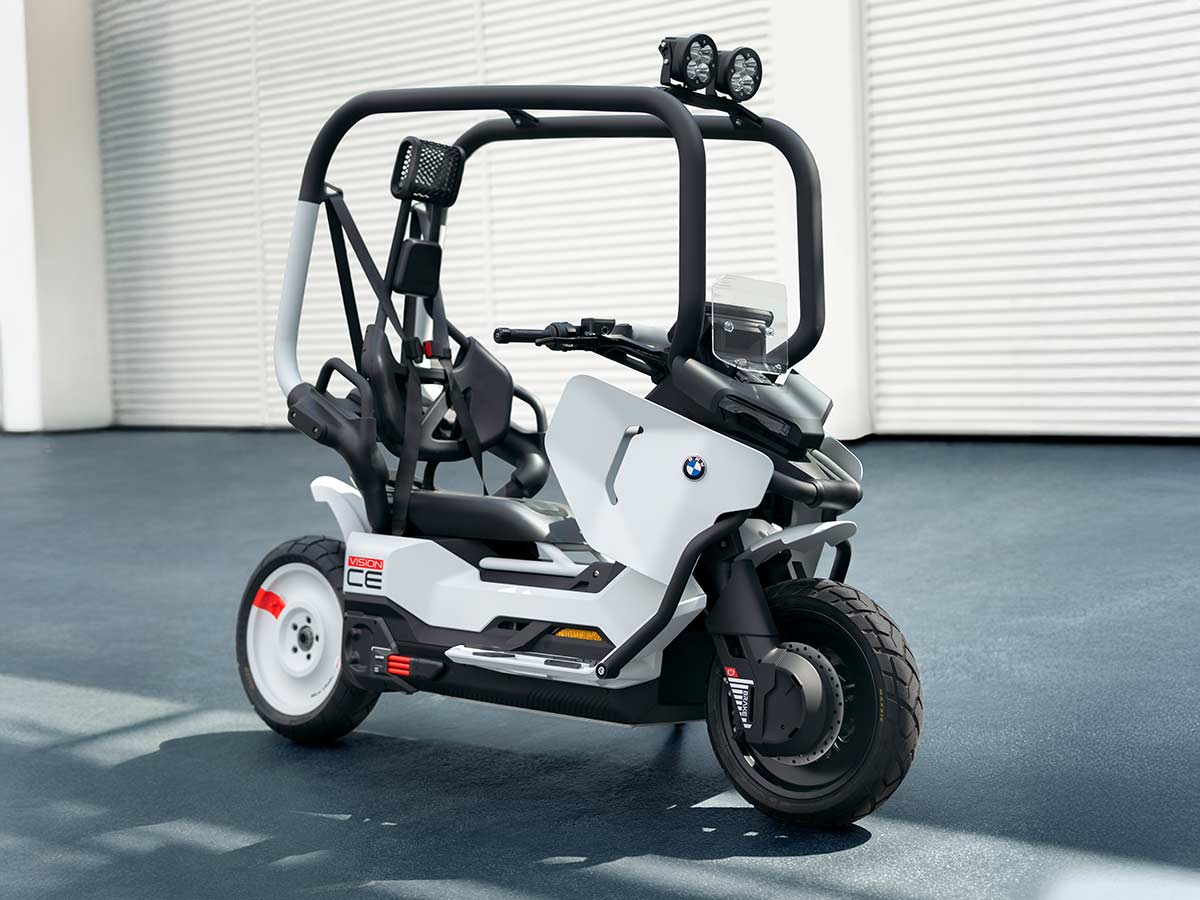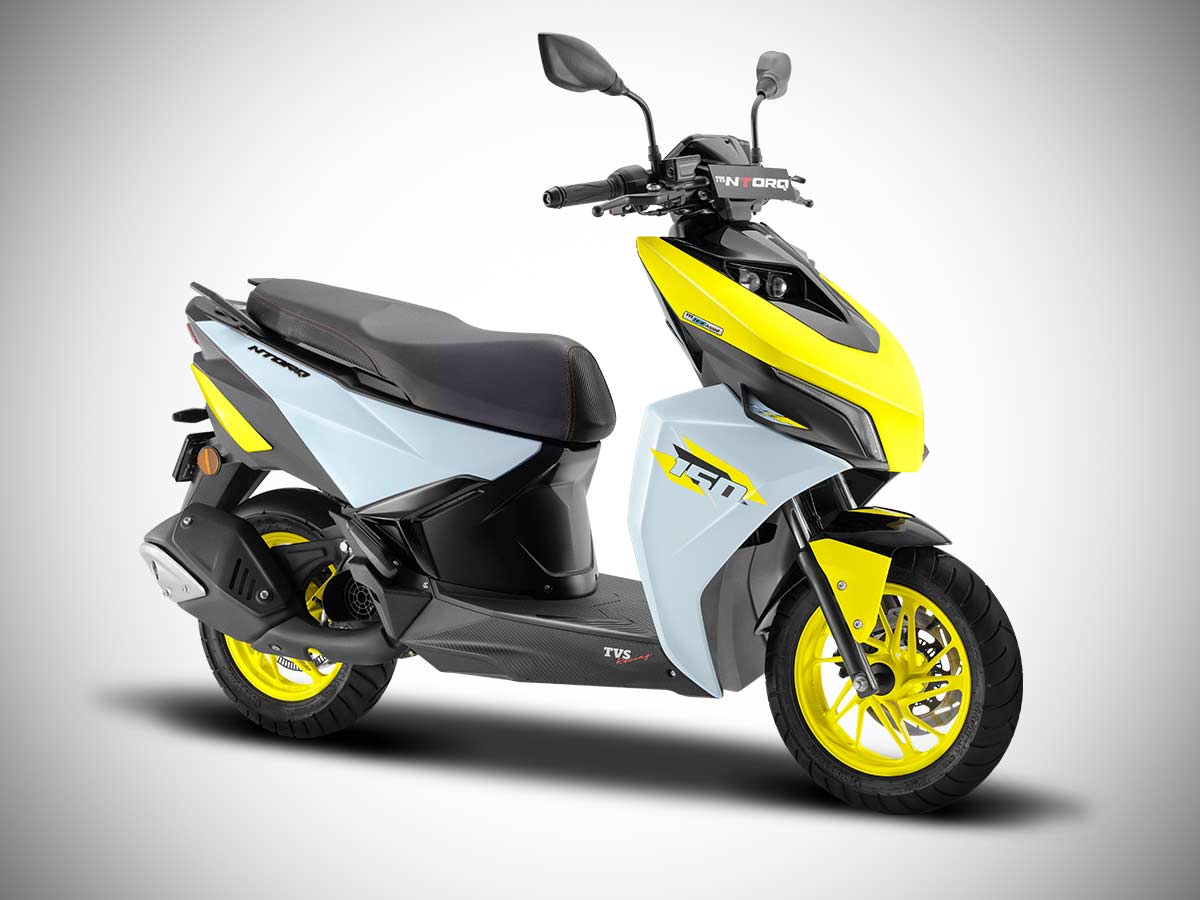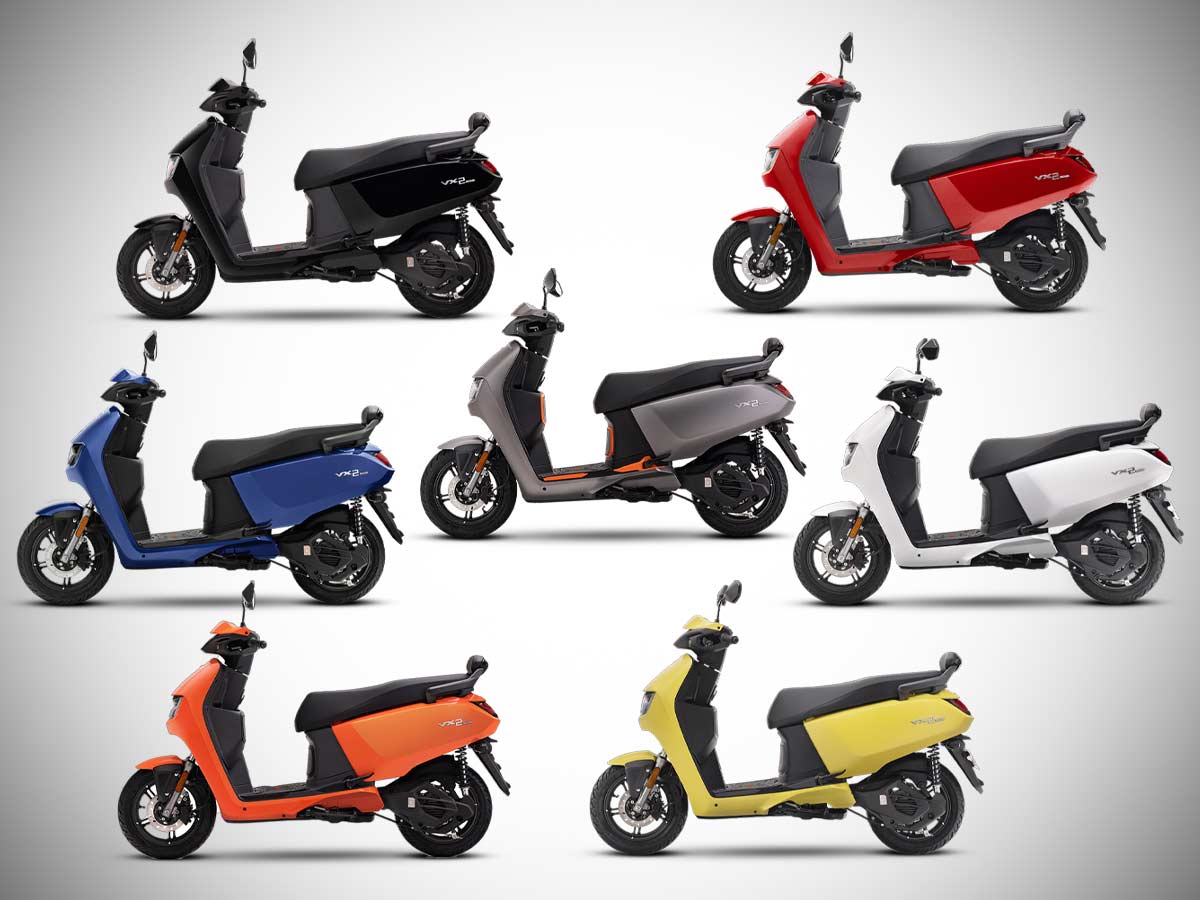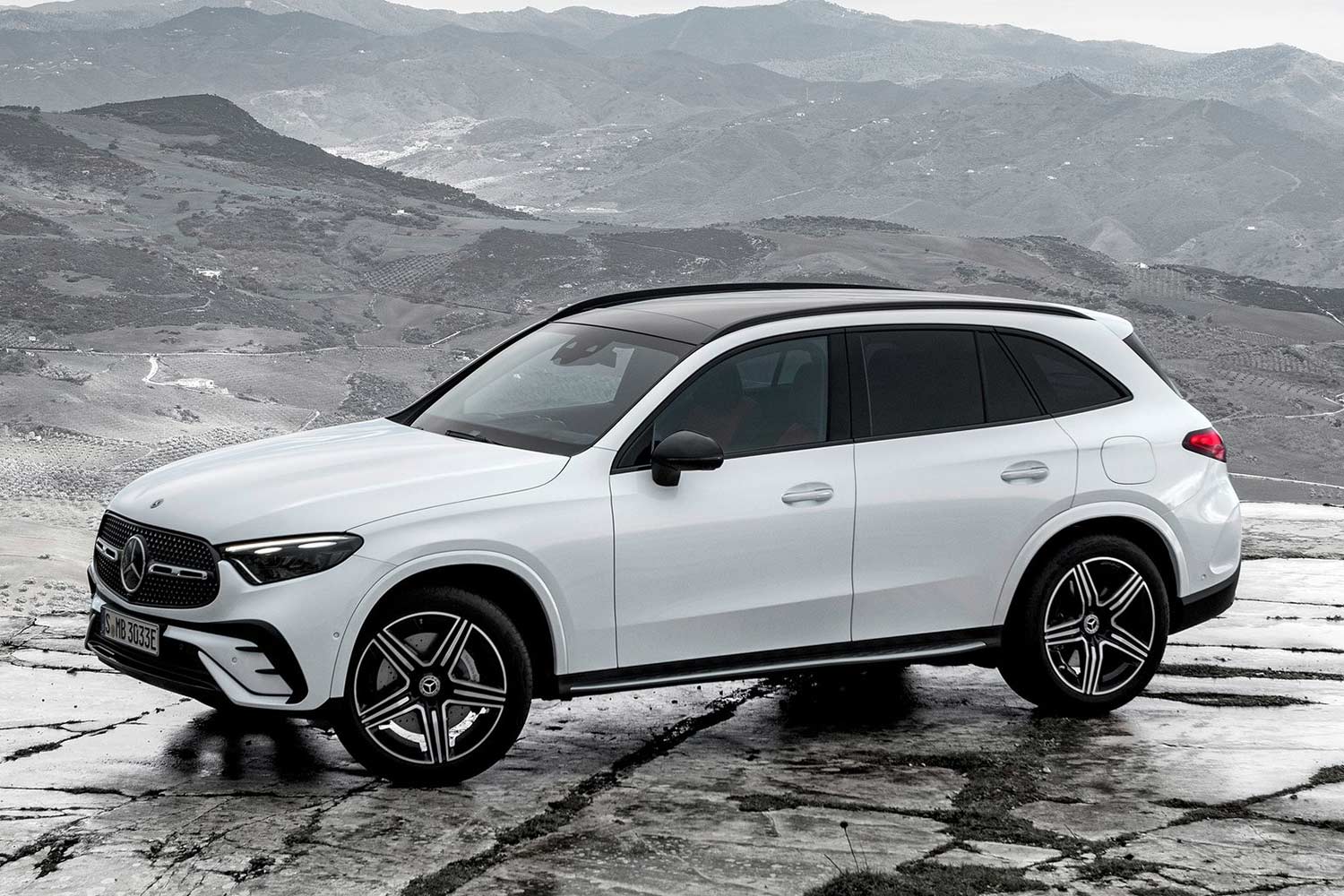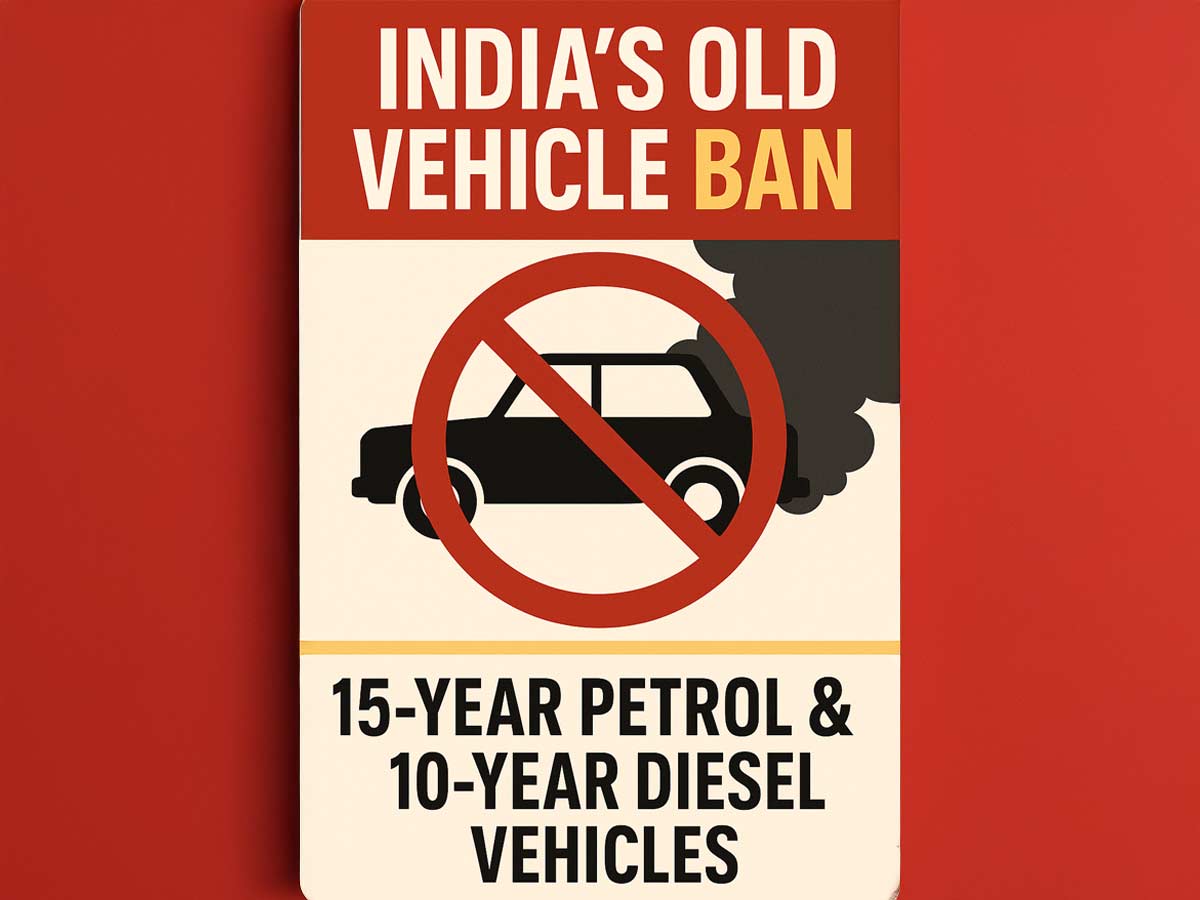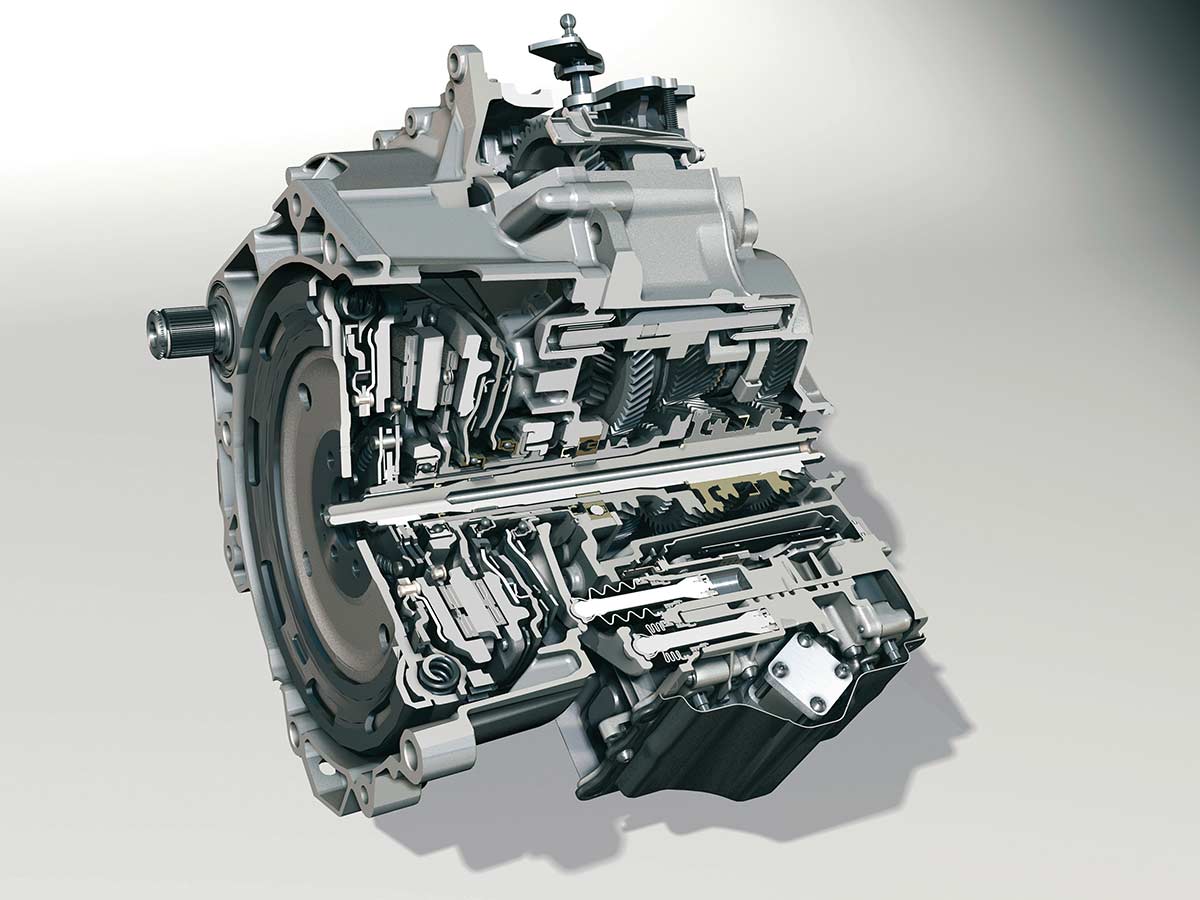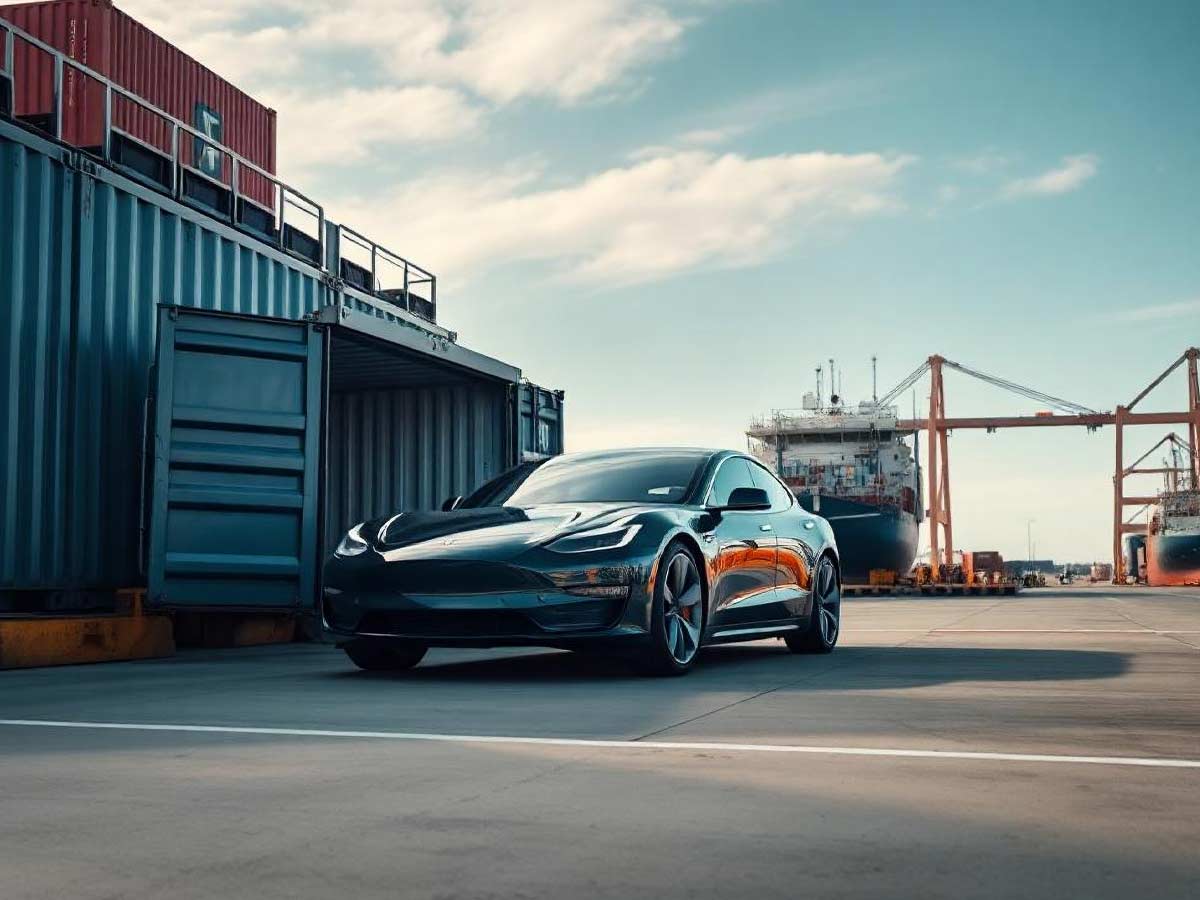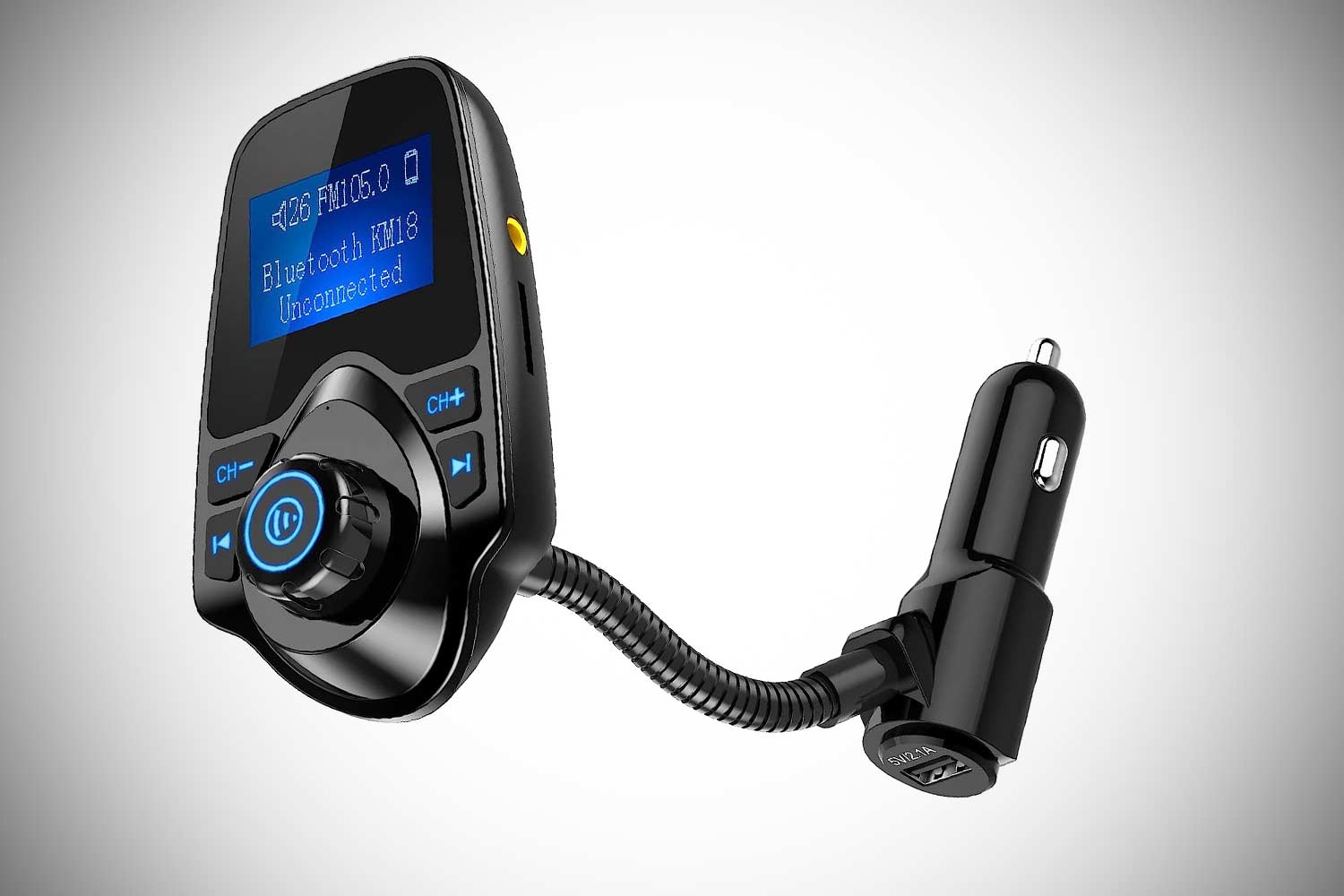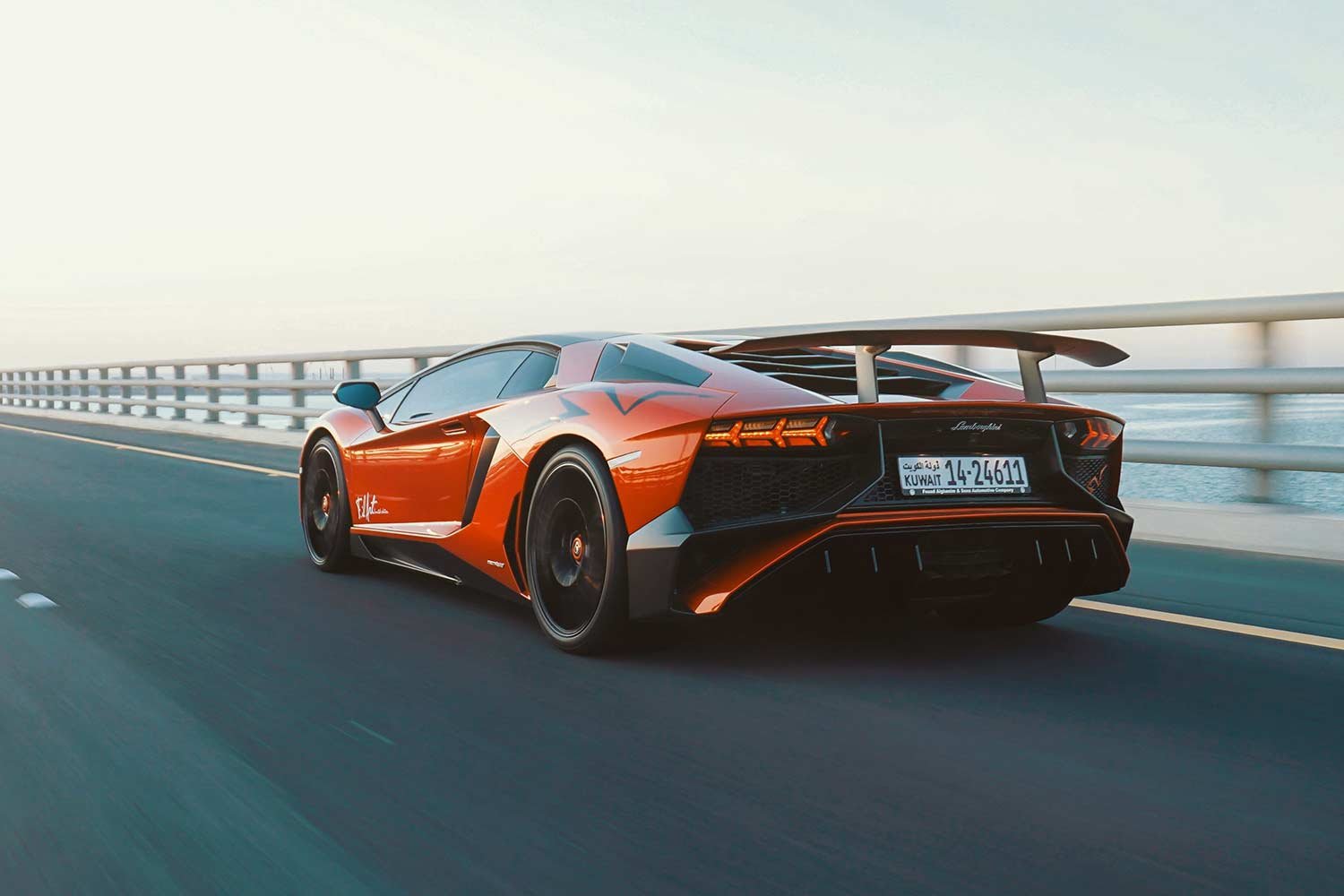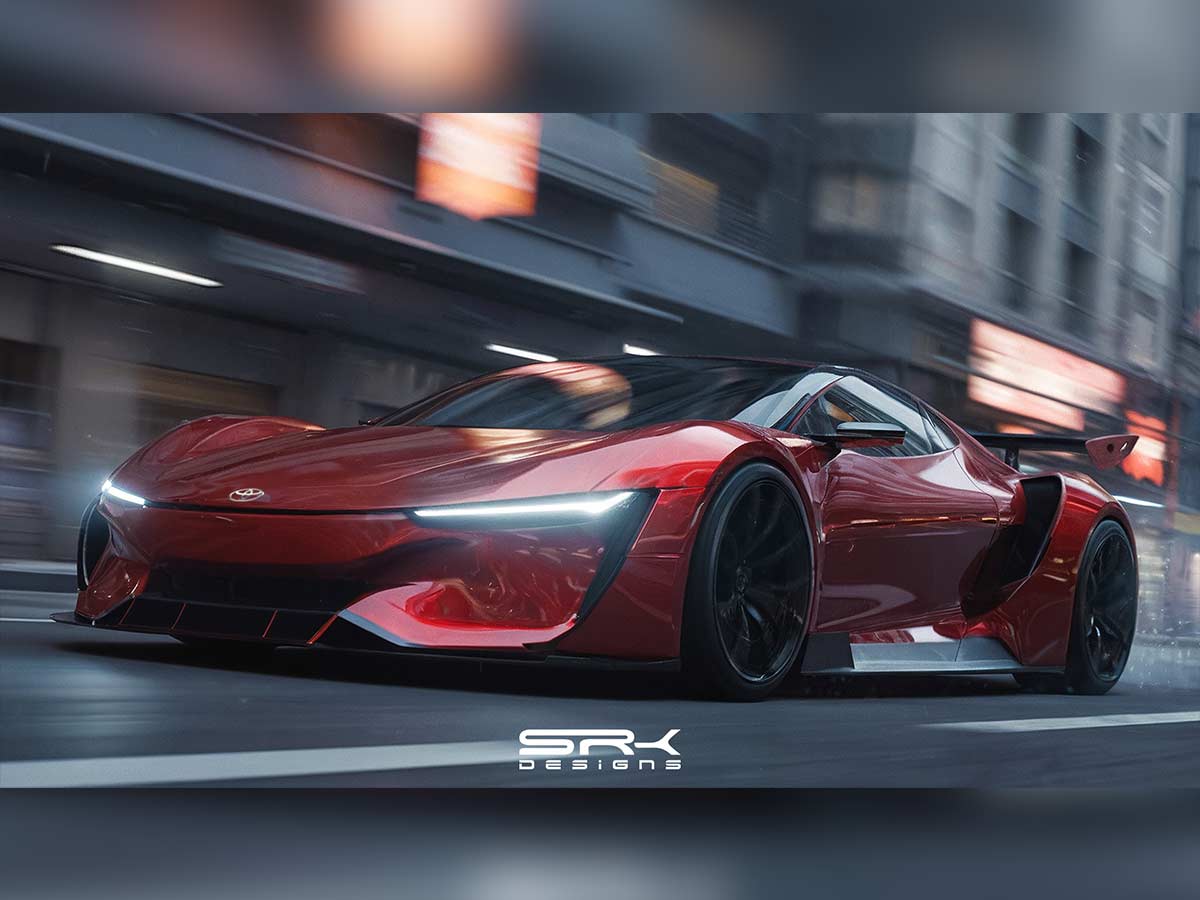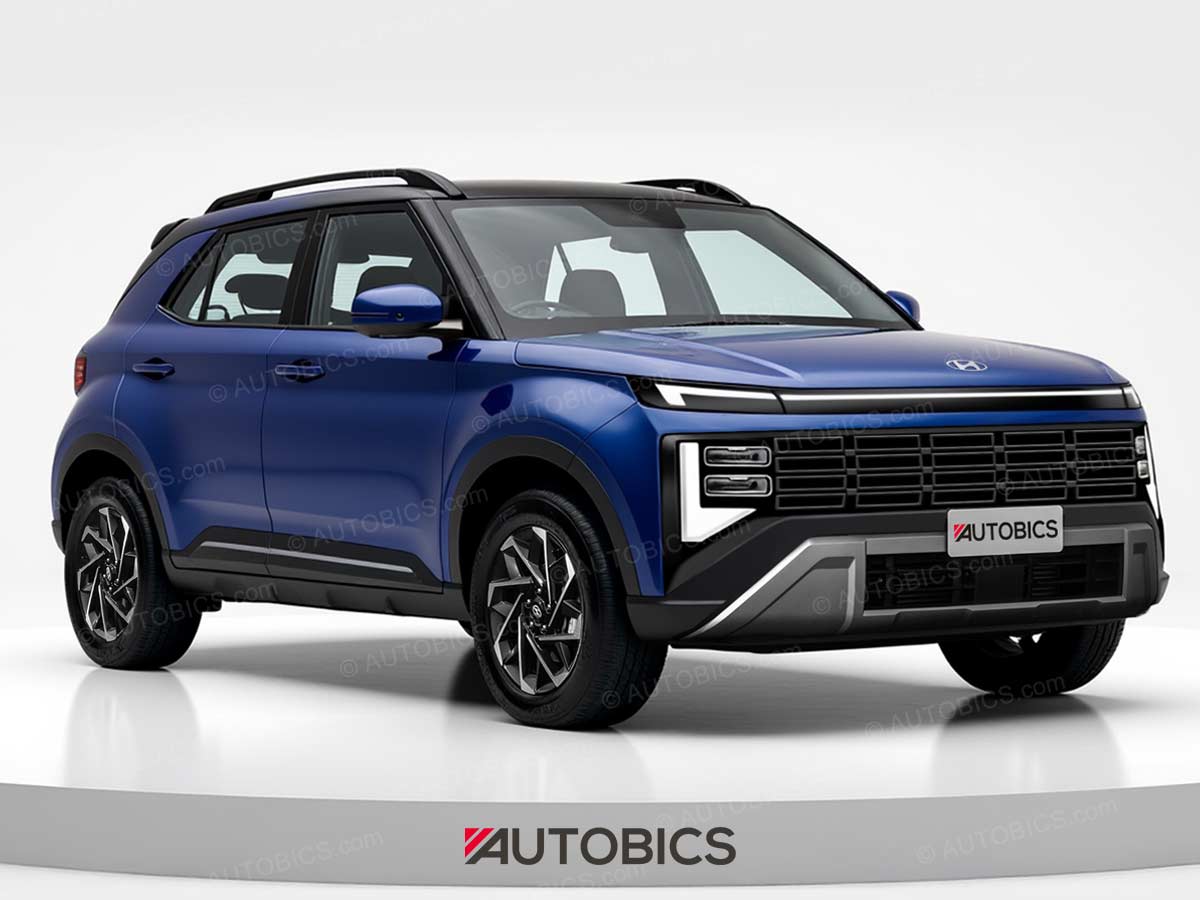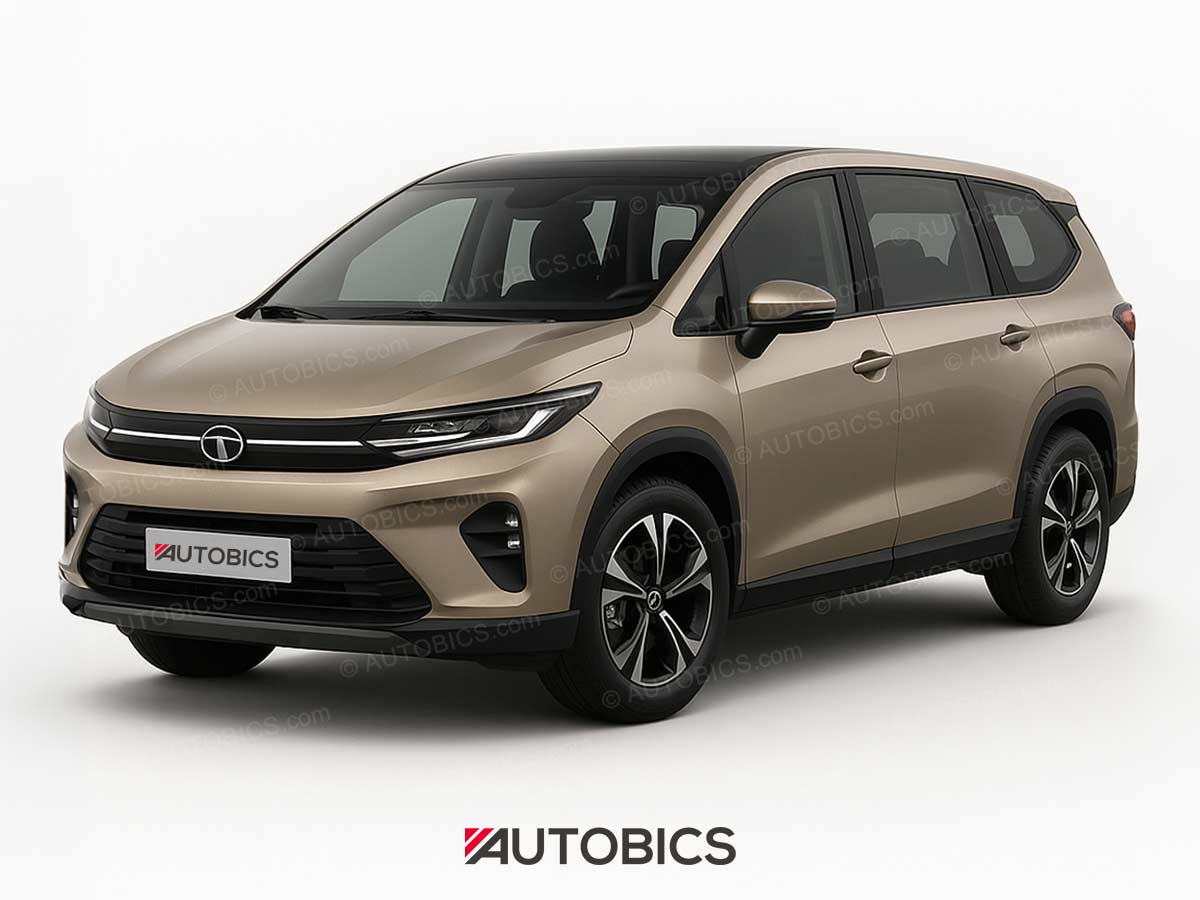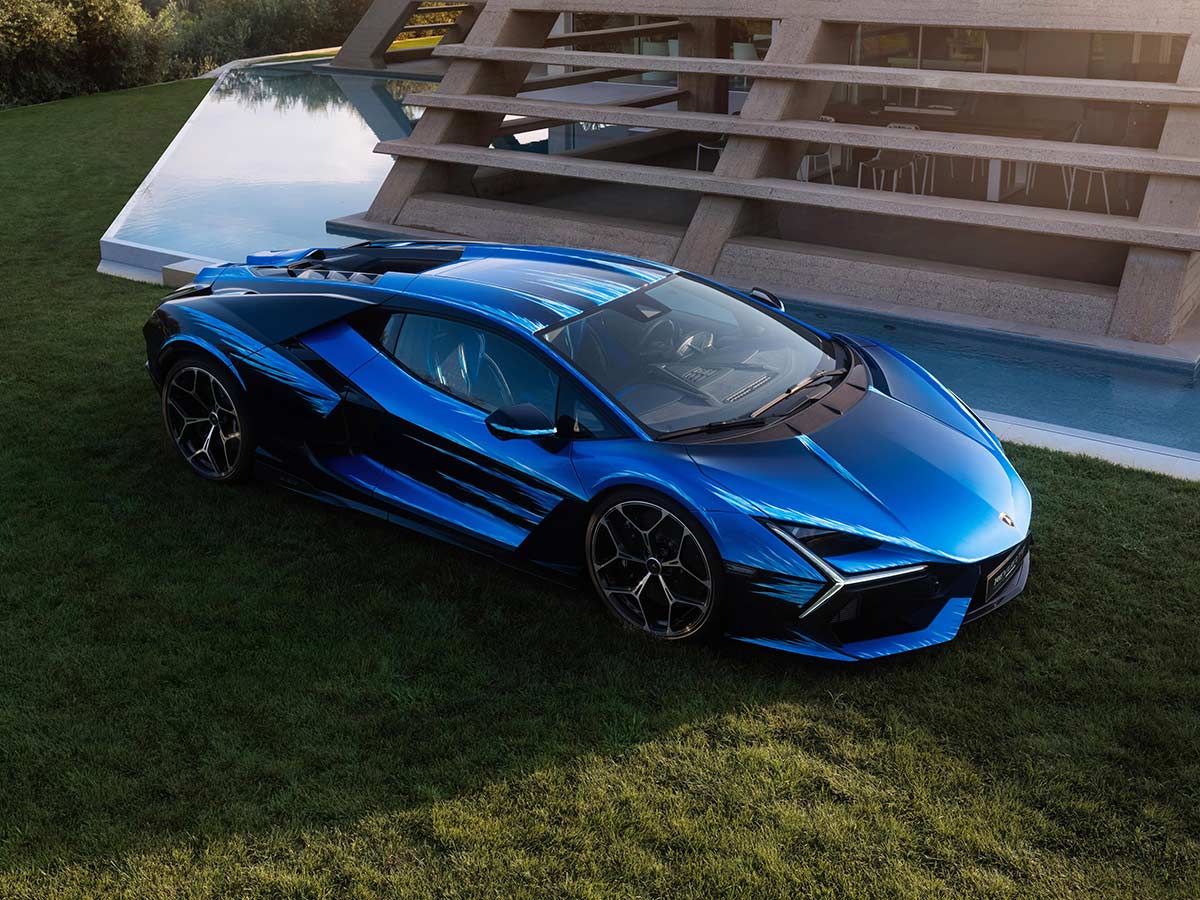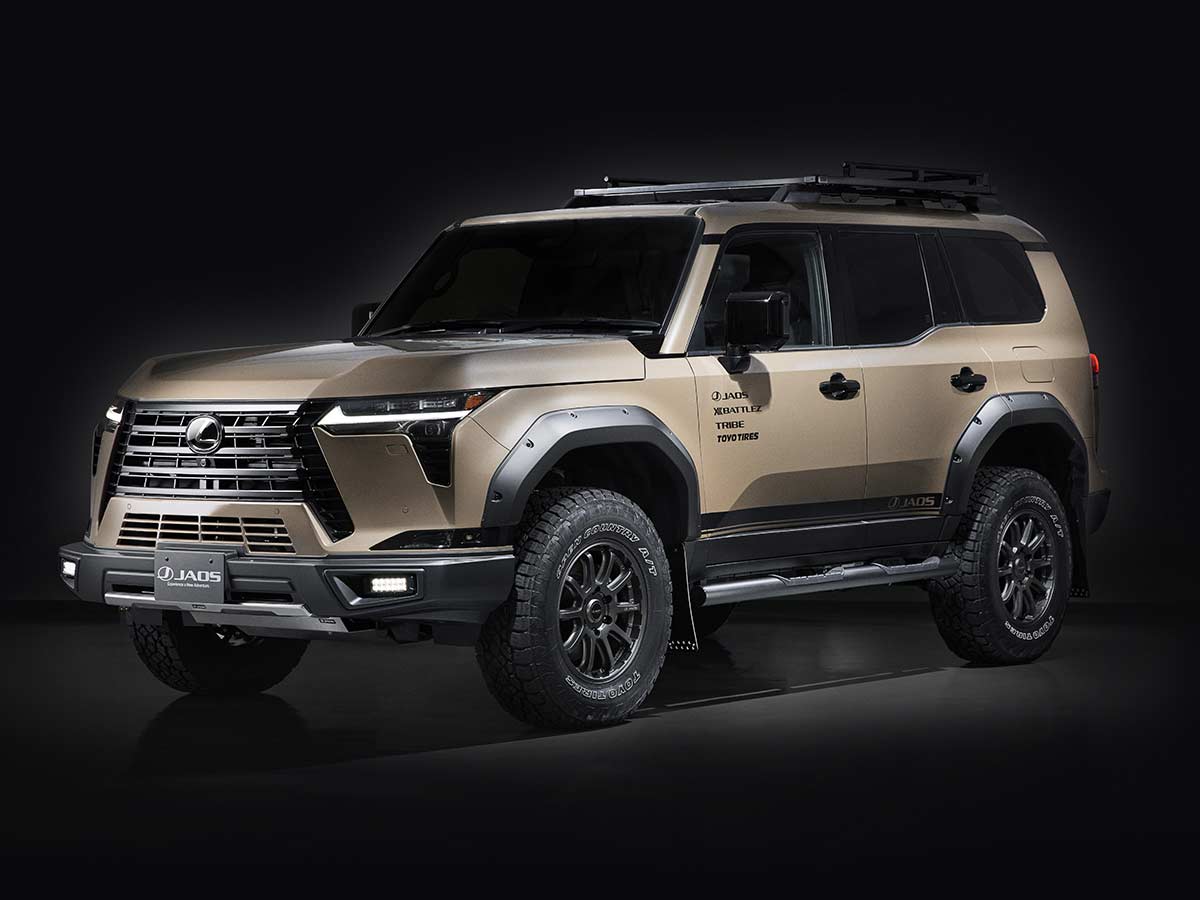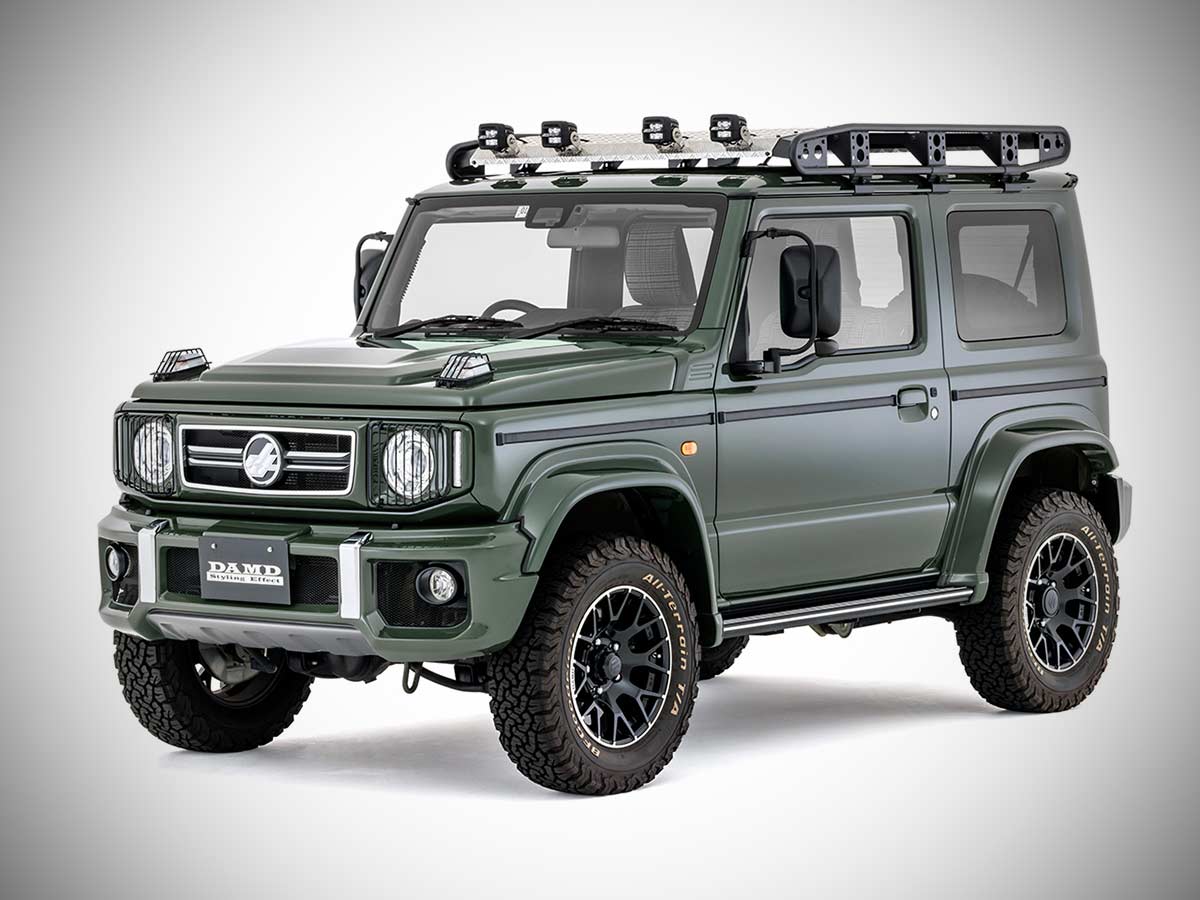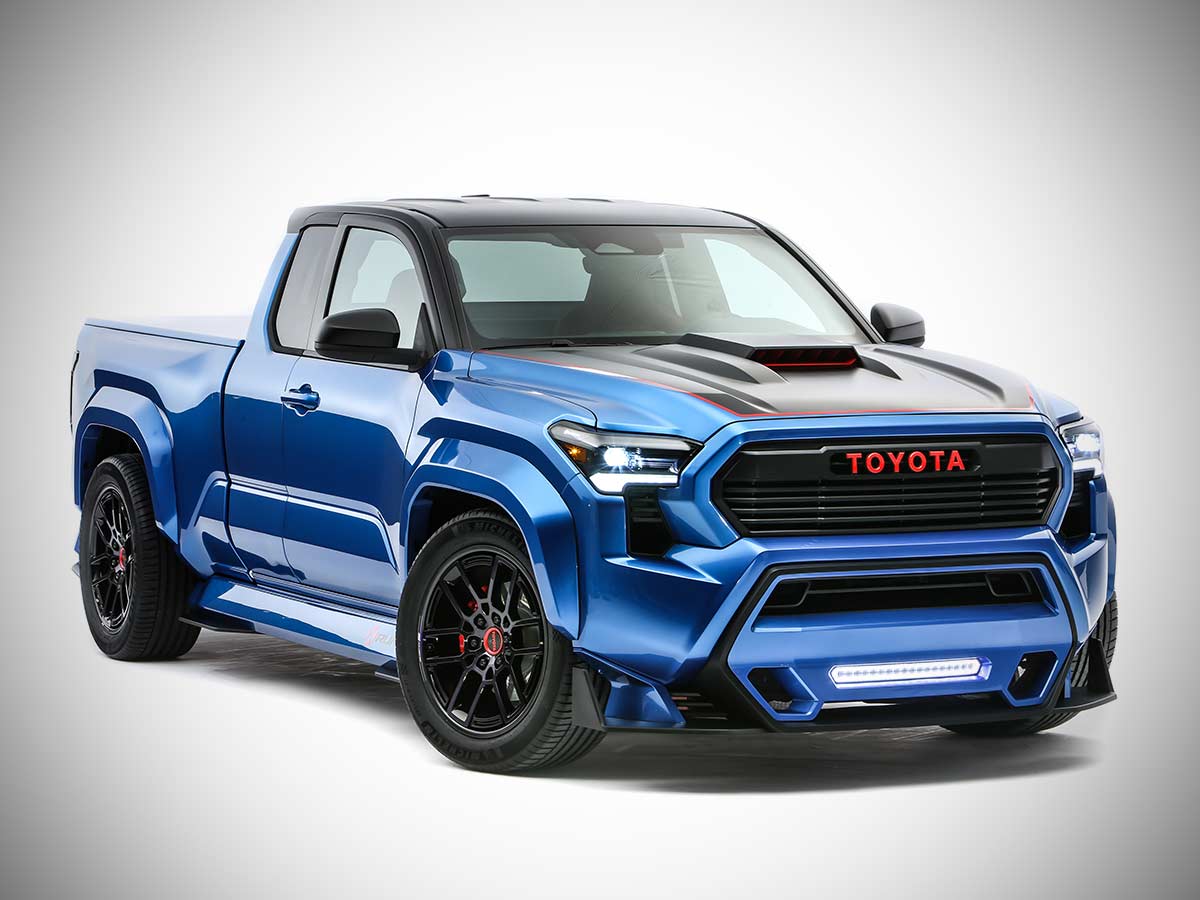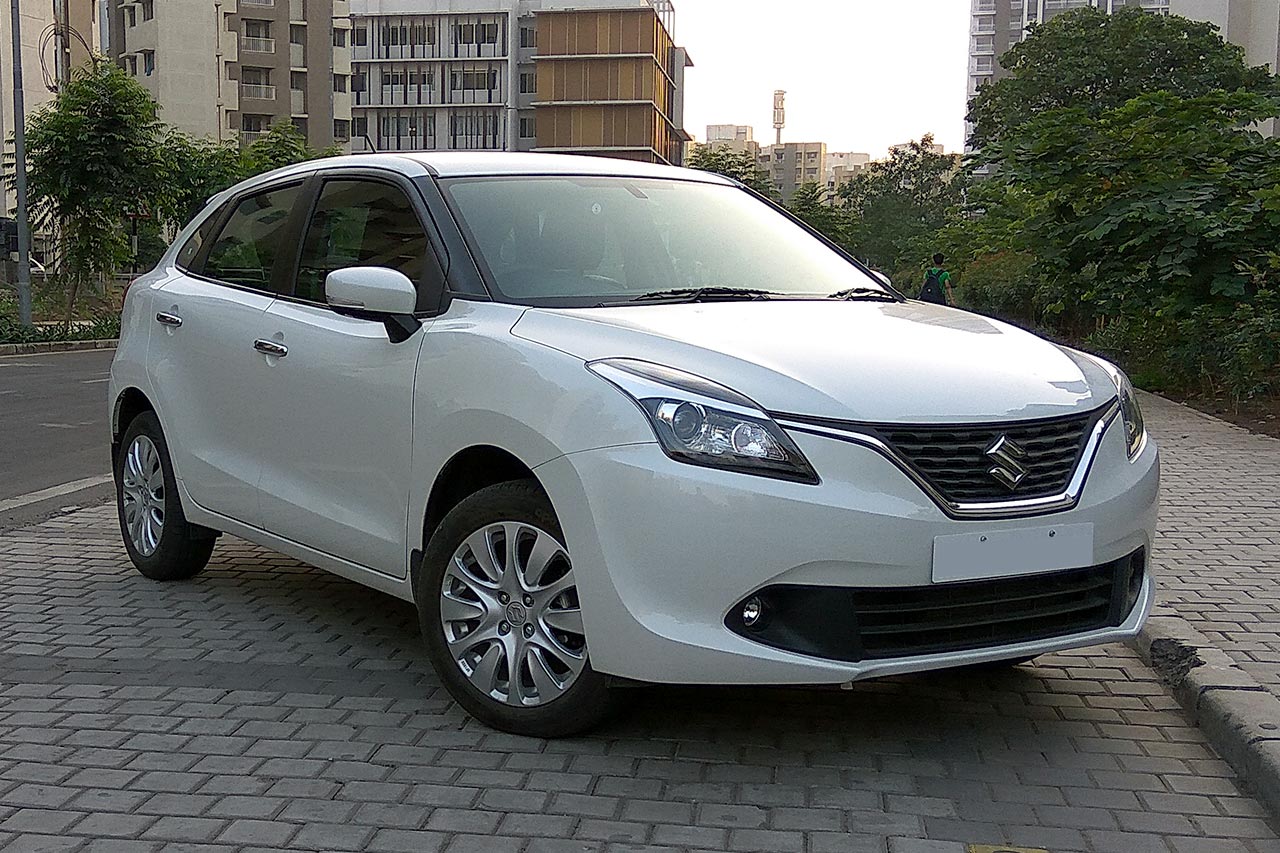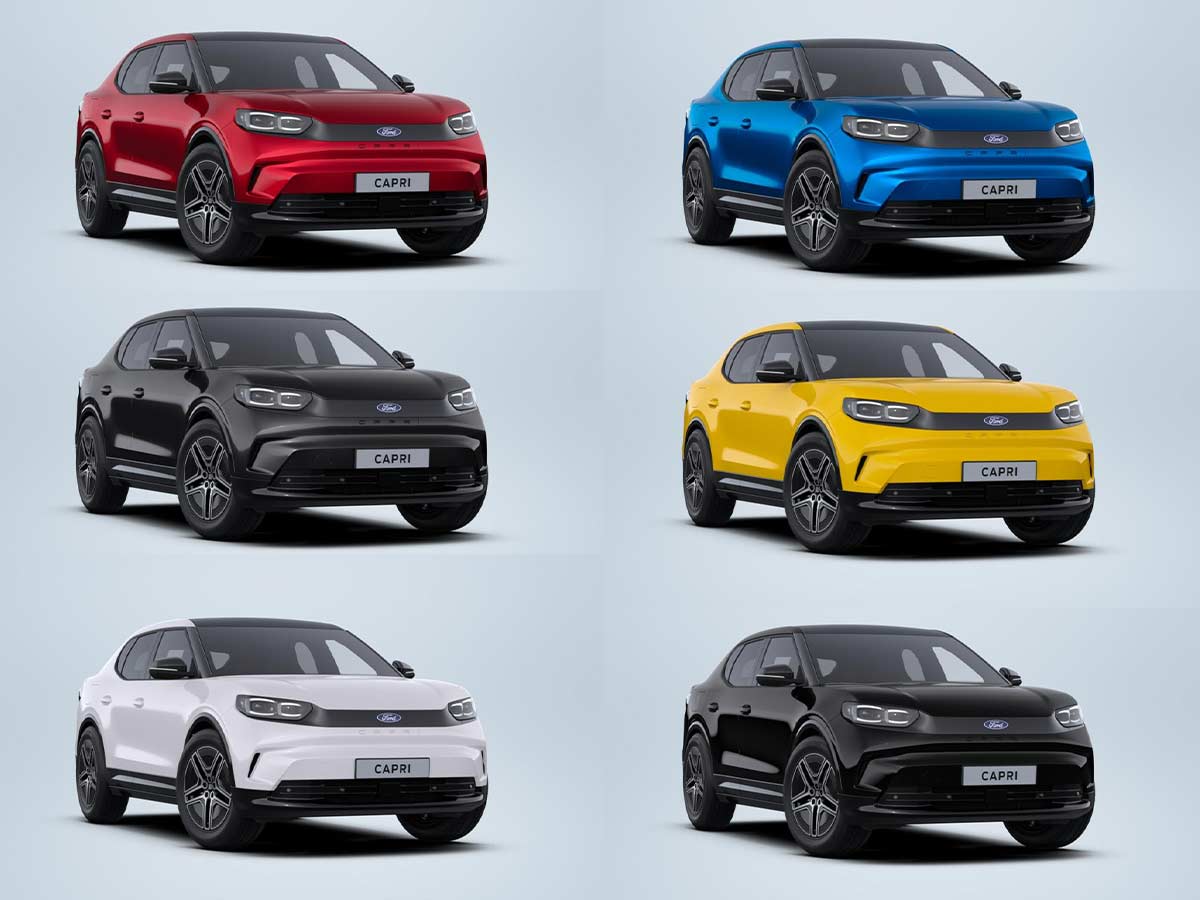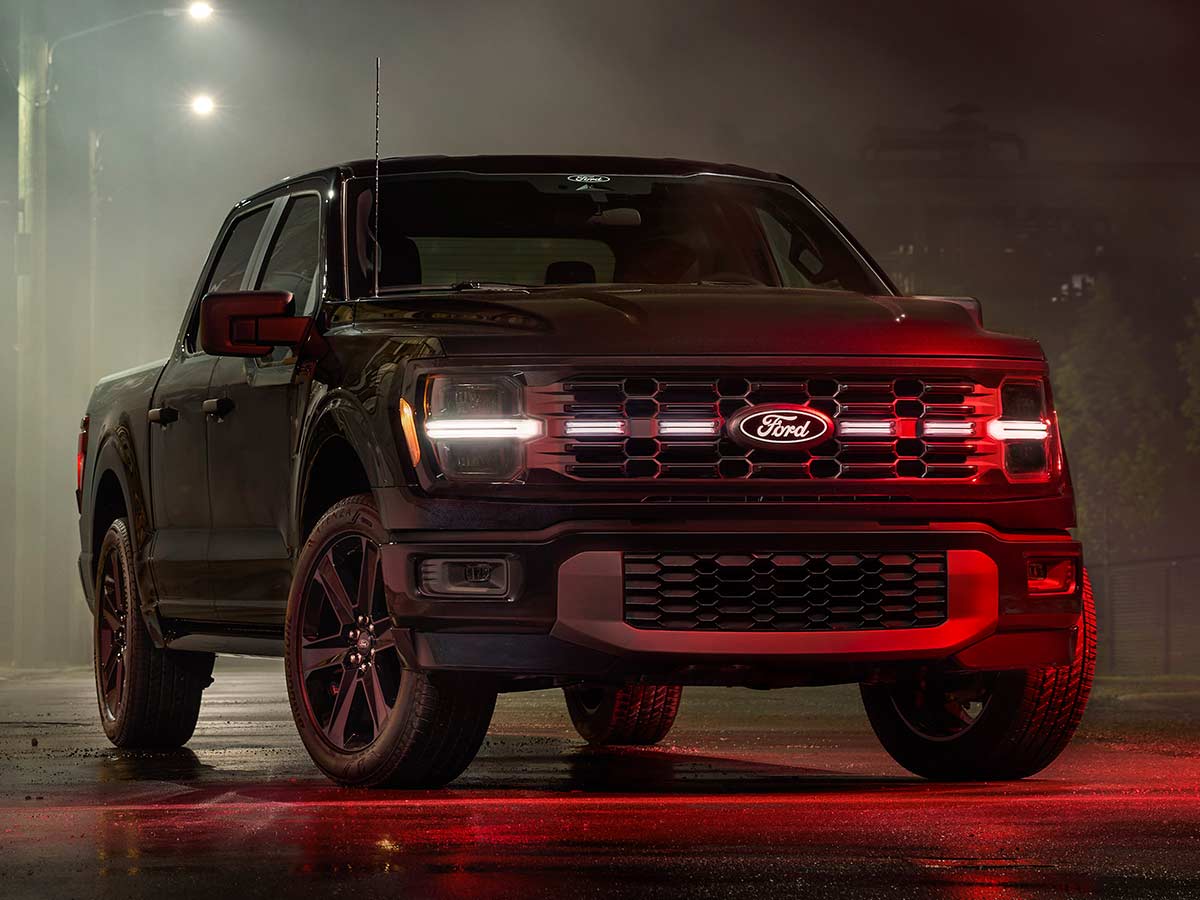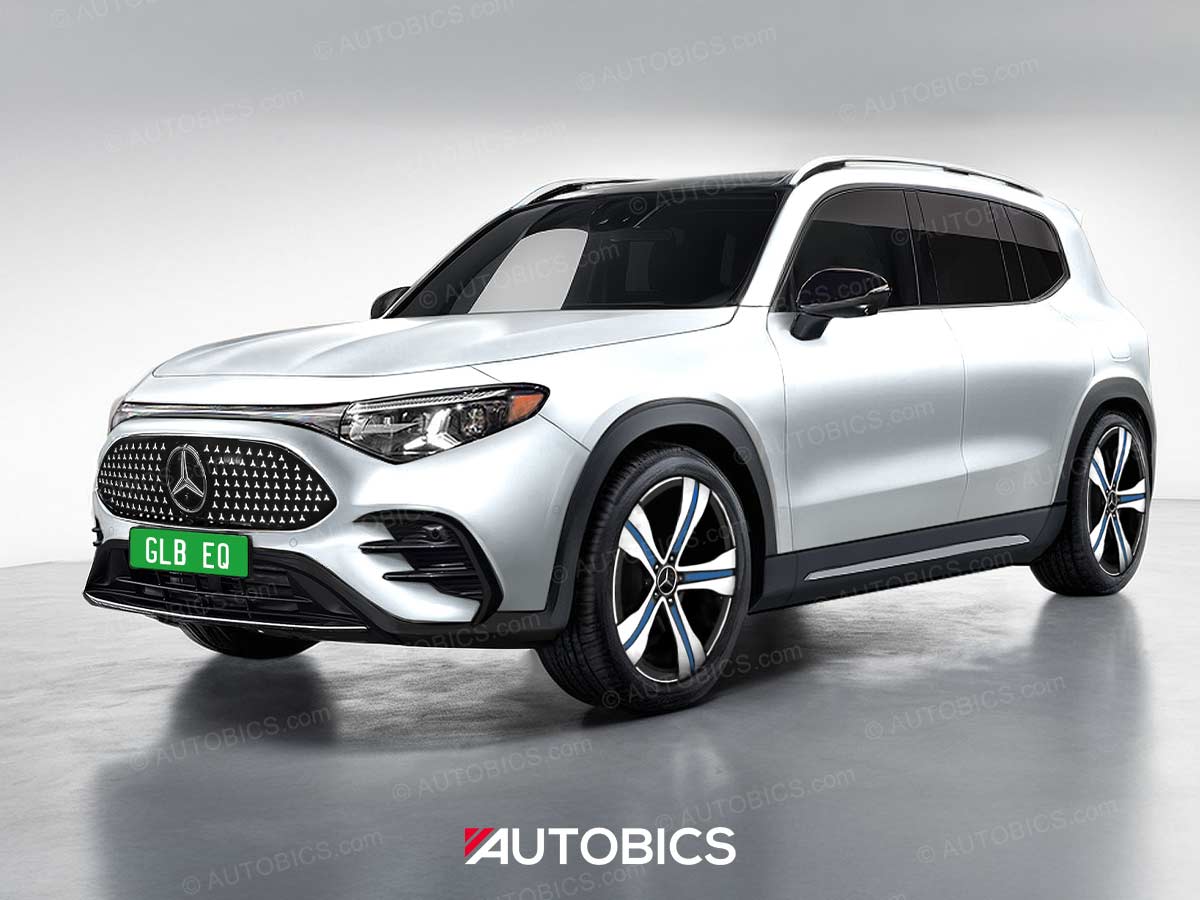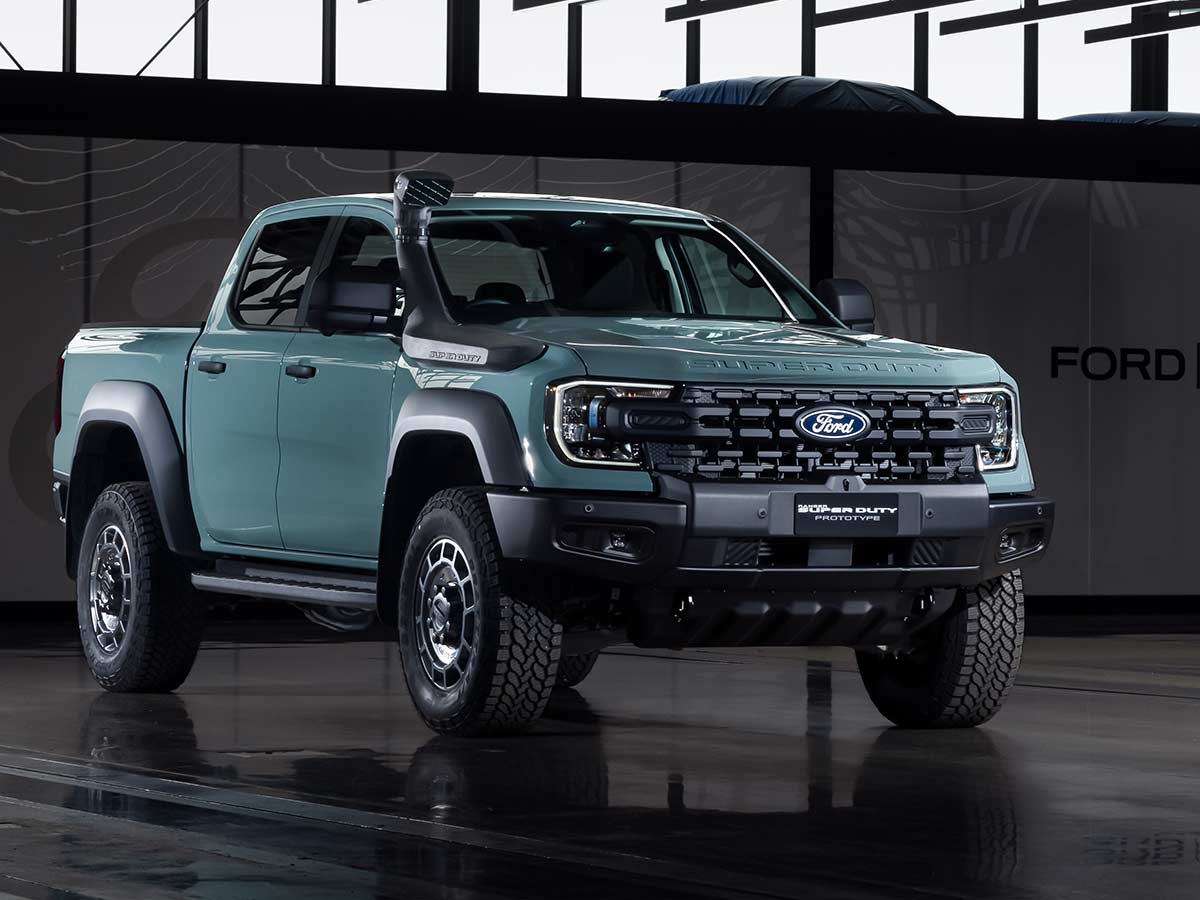The Ford Thunderbird is more than just a car; it stands as an enduring symbol of American automotive style, luxury, and a distinct post-war optimism. Its very name evokes images of open roads, elegance, and a unique sense of freedom. After years of absence from Ford’s product lineup, the mere mention of its potential return ignites passionate discussion among automotive enthusiasts and industry observers alike. This vehicle carved out a unique identity, playing a pivotal role in defining the “personal luxury car” segment, a niche that prioritized comfort, sophistication, and individual expression over raw, uncompromising sportiness. This historical positioning is fundamental to understanding its lasting legacy and potential future.
>>> Great Discounts on Car & Bike Accessories <<<
A new Thunderbird could reclaim its relevance, resonate with modern consumers, and once again become a beacon of American automotive distinction. The enduring appeal of the Thunderbird nameplate itself highlights the significant value of brand equity in a competitive market. Its historical status as a cultural icon and postwar status symbol means the name carries inherent recognition, a valuable asset that can reduce the marketing investment typically required for a new vehicle. Ford’s recent success in reviving other heritage models, such as the Bronco, which draws heavily from its original design , further demonstrates the market’s strong appetite for nostalgia when thoughtfully integrated with modern performance and technology. This strategy allows Ford to leverage its own rich history as a competitive differentiator, appealing to both long-time enthusiasts and a new generation of buyers drawn to unique, heritage-rich designs.
A Storied Past: The Thunderbird’s Enduring Legacy
The journey of the Ford Thunderbird began in 1955, conceived by Ford as a direct response to Chevrolet’s Corvette, which debuted in 1953. However, Ford strategically positioned the Thunderbird not as a pure sports car, but as a personal car of distinction, emphasizing luxury, comfort, and style. This subtle yet crucial differentiation set its course through many generations.
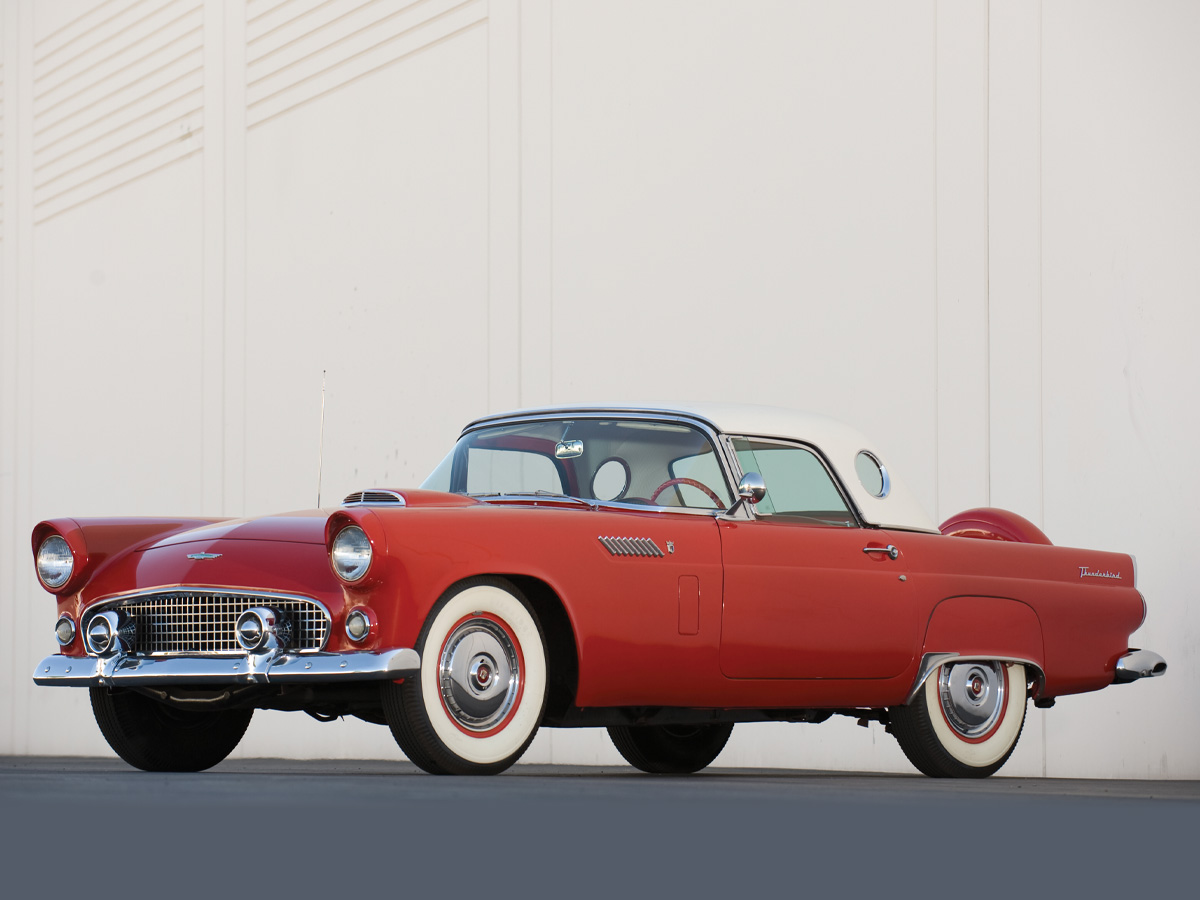
From “Baby Bird” to Personal Luxury Icon: A Generational Overview
The first generation, produced from 1955 to 1957, became known affectionately as the “Baby Birds.” These iconic two-seaters are now revered classics, celebrated for their elegant, clean lines, the distinctive circular porthole windows (added in 1956), and subtle tailfins that foreshadowed late-1950s styling trends. They rapidly ascended to cultural icon status and became a post-war symbol of success, driven by celebrities like Frank Sinatra and featured prominently in songs and films.
A pivotal shift occurred with the second generation (1958–1960), dubbed the “Square Bird.” Driven by Ford executives, particularly Robert McNamara, who believed the two-seater configuration limited sales potential, the Thunderbird grew significantly in size and weight, notably gaining a rear seat. This transformation arguably defined a new market segment: the personal luxury car, which prioritized comfort and convenience over agile performance.
The third generation (1961–1963), known for its sleek, rocket-inspired “Bullet Bird” styling, introduced innovations such as a swing-away steering wheel, cruise control, and power windows. Its image as a car of prestige was solidified when President John F. Kennedy used a modified Thunderbird for his inaugural parade. The fourth generation (1964–1966), often called the “Glamour Bird,” continued the trend of space-age elegance. These models further emphasized luxury over performance, growing in size and weight, and maintaining their status as prestige vehicles for upwardly mobile Americans.
By the late 1960s and throughout the 1970s, the Thunderbird fully embraced its role as a personal luxury car. The fifth generation (1967–1971) brought in larger bodies, more chrome, and even the option of four doors. The sixth generation (1972–1976) was the largest Thunderbird ever produced, based on the Lincoln Continental platform, reflecting the American appetite for big, comfortable cruisers. In response to the oil crisis, the seventh generation, arriving in 1977, saw the Thunderbird downsized and placed on a mid-size platform shared with the Ford Torino and Mercury Cougar. This move, surprisingly, led to a “jump in sales” by appealing to a wider, more affordable market.
The 1980s saw the Thunderbird continue its downward trend in size, performance, and sales. The ninth generation (1983–1988) adopted a more aerodynamic, aero-bird look, reflecting changing styling sensibilities and improving fuel economy. In 1989, the tenth generation attempted to restore performance credibility with an independent rear suspension and the introduction of the Super Coupe, which featured a supercharged V6 engine. Though critically praised, it never fully recaptured the glory of earlier T-Birds.
After a hiatus, Ford revived the Thunderbird name in 2002 as a modern two-seat convertible, drawing direct inspiration from the original 1955 model. It featured retro styling cues such as round headlights and egg-crate grilles and shared its platform with the Lincoln LS and Jaguar S-Type.
The Thunderbird’s historical narrative reveals a consistent tension between its initial two-seat sports car concept and its rapid evolution into a larger, four-seat personal luxury car. This pivot, influenced by sales concerns, was a direct adaptation to a perceived larger market for comfort and luxury. Similarly, the 1977 downsizing was a pragmatic response to the oil crisis, which, despite reducing its luxury scale, led to increased sales due to enhanced affordability. This indicates that the Thunderbird’s past successes were often tied to its ability to pragmatically adapt to prevailing market demands and consumer preferences.
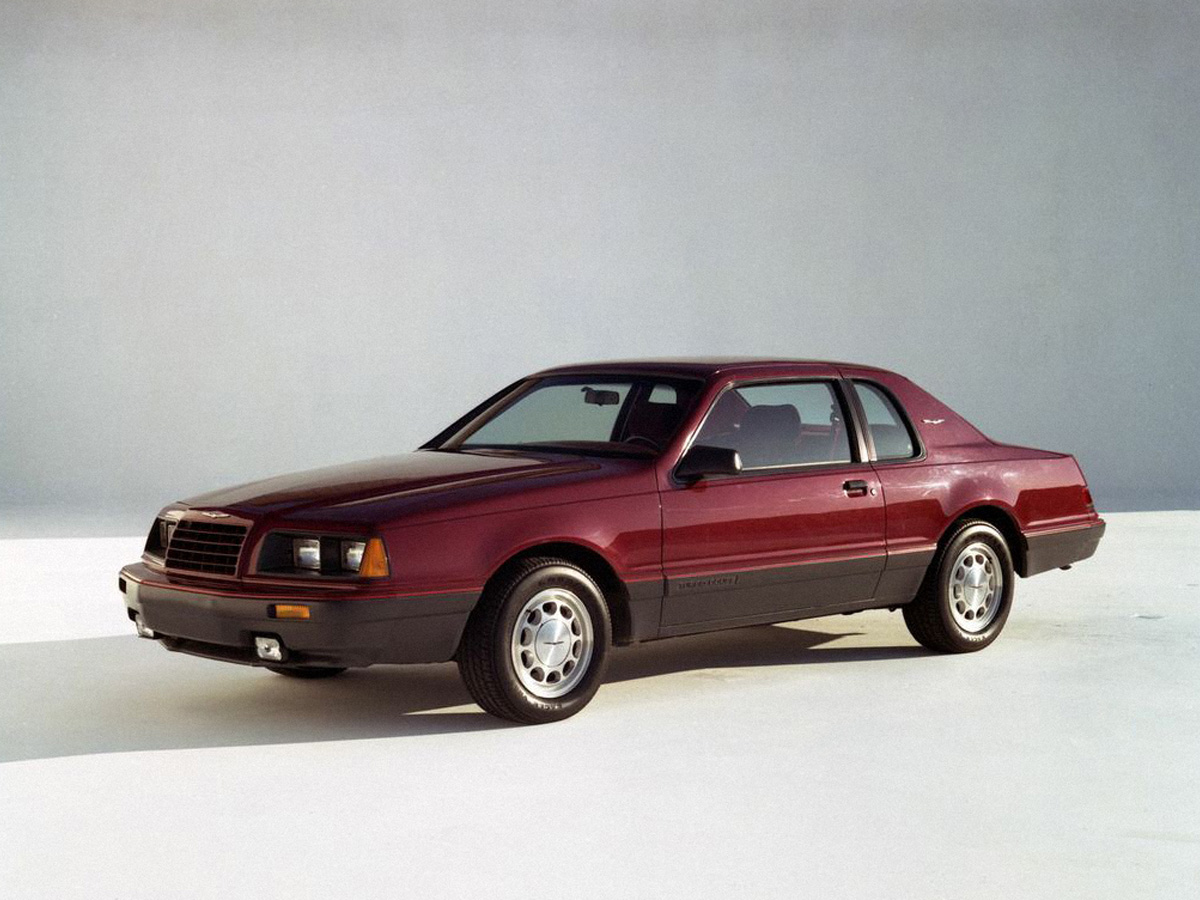
The Rise and Fall: Understanding Past Successes and the Critical Reasons for Discontinuation
The Thunderbird’s production was halted after the 1997 model year primarily because sales were below expectations. The market was shifting away from rear-wheel-drive, two-door coupes, and Ford aimed to increase sales of the Mustang, which was still performing relatively well. This suggests a challenge with internal competition and market positioning.
The retro revival of the early 2000s (11th generation, 2002–2005), despite initial press hype, faced multiple critical flaws that led to its discontinuation:
- Production and Launch Issues: The car took forever to actually hit the streets due to cooling-system problems , indicating a rushed and problematic development cycle.
- Pricing and Value Perception: Critics, including automotive journalist Doug DeMuro, lambasted the $39,000 price point for a car that recycled the dreary, budget interior from the Lincoln LS. This created a significant disconnect between the perceived luxury and the actual interior quality, failing to justify its near-luxury price tag.
- Driving Dynamics: Automotive reviews found the car handles flabbily and its engine wasn’t sporty. The underlying platform, shared with the Lincoln LS, was criticized for its front-heavy weight distribution, leading to a less engaging driving experience compared to a balanced rear-wheel-drive setup.
- Marketing and Sales Strategy: Forbes writer Jerry Flint attributed the demise to a lack of proper sales and marketing, noting that Ford dealers, accustomed to selling trucks, had little experience selling automobiles in the near-luxury price range. Ford predicted 25,000 annual sales but sold only 19,000 in 2002 and a mere 4,000 by March 2003, with dealers reporting demand is nonexistent.
- Platform Issues and Corporate Context: The DEW98 platform, shared with the Lincoln LS and Jaguar S-Type, became a liability. The Wixom, Michigan factory where it was built was on the chopping block. Crucially, Ford was hemorrhaging cash, fighting for survival, and had put up crown jewels as collateral on $23.6 billion in loans. In such a strained financial situation, a niche luxury sports roadster was deemed an unaffordable “tomfoolery”.
- Target Audience Misalignment: DeMuro observed that the 11th generation was designed for people who were nostalgic for the first generations, not for a discerning buyer of a modern sports or luxury car , which contributed to its poor sales among those seeking contemporary luxury and performance.
The reasons for both the 1997 and 2005 discontinuations highlight profound strategic missteps concerning platform and product portfolio management. The 1997 halt was partly a deliberate move to increase sales of the Mustang, indicating an internal competition issue. The 2005 failure was deeply intertwined with the underlying DEW98 platform, which was deemed a liability. The factory itself was “on the chopping block, reflecting broader corporate inefficiencies and financial distress. The observation that the Thunderbird could have transferred over to the Mustang’s platform and factory suggests a missed opportunity for platform commonality and cost efficiency. This sequence of events underscores that a vehicle’s market success is not solely dependent on its external design or concept, but critically on its internal cost structure, manufacturing viability, and strategic fit within the company’s overall product architecture. Ford’s severe financial struggles in the early 2000s amplified these systemic issues, making a niche vehicle like the Thunderbird unsustainable.
Cultural Impact and Design Evolution
The Thunderbird’s legacy is immense, having significantly contributed to defining the personal luxury car segment. It became an enduring “Image of American Style and Extravagance,” often associated with a feeling of freedom and adventure. Its design, particularly in its early years, significantly impacted the styling of other American vehicles, with iconic features like the porthole windows and sleek lines setting industry trends.
| Generation (Years) | Key Nickname/Era | Body Style | Core Identity/Focus | Key Design Cues/Innovations | Notable Cultural Impact/Events |
| 1st Gen (1955–1957) | “Baby Bird” | 2-seat convertible/roadster | Personal Car of Distinction / Sporty Luxury | Clean lines, porthole windows (1956), modest tailfins | Cultural icon, status symbol, driven by celebrities |
| 2nd Gen (1958–1960) | “Square Bird” | 4-seat hardtop/convertible | Personal Luxury Car | Larger body, quad headlights, prominent tailfins, rear seat added | Defined personal luxury segment |
| 3rd Gen (1961–1963) | “Bullet Bird” / Jet Age | 4-seat hardtop/convertible, Sports Roadster | Prestige, Forward-Thinking Design | Rocket-inspired styling, swing-away steering wheel, cruise control, power windows | Used by JFK for inaugural parade |
| 4th Gen (1964–1966) | “Glamour Bird” | 4-seat hardtop/convertible, Landau | Space-Age Elegance, Prestige | Grew in size/weight, emphasized luxury over performance | Prestige vehicle for upwardly mobile Americans |
| 5th Gen (1967–1971) | Personal Luxury Apex | Larger 4-door, 2-door hardtop/convertible | Full Personal Luxury | Larger bodies, more chrome, optional four doors | Reflected era’s demand for comfort |
| 6th Gen (1972–1976) | Largest Thunderbird | Largest ever, based on Lincoln Continental platform | Grand, Comfortable Cruisers | Massive size, reflected American appetite for large cars | Symbol of style and success |
| 7th Gen (1977–1979) | Downsizing | Mid-size platform (Torino/Cougar) | Response to Oil Crisis, Affordability | Significantly shrunk, appealed to wider market | Jump in sales due to affordability |
| 9th Gen (1983–1988) | “Aero-Bird” | Aerodynamic coupe | Modern Styling, Fuel Economy | Aerodynamic design, improved fuel economy | Reflected changing sensibilities |
| 10th Gen (1989–1997) | Performance Attempt | Coupe | Restore Performance Credibility | Independent rear suspension, Super Coupe (supercharged V6) | Critically praised, but never recaptured glory |
| 11th Gen (2002–2005) | Retro Revival | 2-seat convertible | Modern Retro Cruiser | Direct inspiration from 1955 model, retro styling cues | Shared platform with Lincoln LS/Jaguar S-Type |
The Modern Landscape: Ford’s Vision for 2026 and Beyond
Ford is undergoing a profound transformation, committing to embracing advanced technologies and electric vehicles (EVs) to create a sustainable and innovative automotive landscape. This is not merely a passing trend; it represents a core vision for 2025 and beyond, centered around delivering cutting-edge solutions that enhance the driving experience while significantly reducing the environmental footprint.
Electrification and Sustainability: Ford’s Strategic Pivot and Commitment
By 2025, Ford aims to offer a diverse lineup of EVs that cater to every lifestyle and need, ranging from compact cars to rugged trucks. This commitment is supported by substantial investment in battery technology, with projections for 2025 including a 30% increase in driving range, potentially allowing for ranges well above 400 miles on a single charge. Furthermore, ultra-fast charging capabilities are targeted, aiming for an 80% charge in under 20 minutes at DC fast-charging stations. These advancements are designed to make long-distance travel in electric vehicles more practical and convenient than ever.
Sustainability is a core value for Ford, extending to manufacturing processes. The company plans to significantly reduce its carbon emissions and increase the use of recycled materials in its vehicles by 2025. The long-term goal is carbon neutrality by 2050, which includes sourcing more renewable energy for production facilities. These initiatives are not just corporate objectives but also add tangible value for consumers who prioritize environmental responsibility in their vehicle choices.
Technological Prowess: Infotainment, Connectivity, and Advanced Driver Assistance Systems
Ford is rapidly advancing its in-vehicle technology, transitioning from its SYNC 4 system to the more advanced Ford Digital Experience. This new platform, built on Android Automotive OS, promises a seamless, responsive, and highly customizable user experience. Key features include deep integration with Google services such as Google Maps for real-time navigation, Google Assistant for intuitive voice control, and the Google Play Store, allowing direct download of popular apps like Spotify, YouTube, and Webex. The system boasts significantly enhanced hardware performance, with five times faster main processing and nearly 14 times faster graphics processing, along with increased memory and storage capacity compared to SYNC 4. It supports 5G connectivity and offers an available Wi-Fi hotspot. Drivers can anticipate a customizable interface, natural language processing for intuitive voice commands, multi-language support 13, and wireless Apple CarPlay and Android Auto integration. The new systems feature large, intuitive touchscreens, ranging from 12.4 inches to 15.5 inches, and panoramic digital instrument clusters, with over-the-air (OTA) software updates ensuring the system remains current without needing dealership visits.
Ford is also significantly enhancing its safety and convenience features through its Ford Co-Pilot360 suite. This includes standard features like pre-collision assist, blind-spot assist, reverse brake assist, intersection assist, and a 360-degree surround-view camera. Beyond these, Ford is introducing more advanced autonomous driving capabilities, such as enhanced lane-keeping, adaptive cruise control, and self-parking features. AI-driven advancements are expected to predict driving patterns and anticipate potential hazards, reacting faster than ever before. Crucially, Ford’s BlueCruise system already offers hands-free driving on designated highways. Ford CEO Jim Farley has stated that the company is “on track” for Level 3 autonomy as early as 2026, which would allow drivers to go hands- and eye-free on highways. Ford is also evaluating partnerships for Level 4 ADAS technology, indicating a strong commitment to future autonomous capabilities.
This comprehensive technological push signifies that Ford now possesses the internal capabilities and infrastructure to produce a truly modern, high-tech luxury vehicle. This directly addresses a critical weakness of the 2002-2005 Thunderbird, which was widely criticized for its dreary, budget interior and lack of competitive modern features. The contrast between Ford’s past limitations and its current technological prowess is stark, positioning a hypothetical 2026 Thunderbird not merely as a nostalgic re-release, but as a genuinely competitive and desirable luxury offering in the contemporary market.
Design Language: Embracing Retro-Futurism with a Modern Edge
Ford’s contemporary design philosophy, particularly for its 2025 models, emphasizes blending functionality with aesthetic appeal. For electric vehicles, this translates to combining sleek, aerodynamic elements with the rugged look SUV enthusiasts love, a design choice that significantly improves efficiency and extends battery range. Ford is also committed to using eco-friendly materials, such as recycled plastics and plant-based leather alternatives, within vehicle interiors.
A notable trend in modern automotive design, which Ford has successfully embraced, is “retro-futurism”. This approach involves drawing inspiration from past iconic designs while seamlessly integrating cutting-edge technology and modern aesthetics. Examples include the sixth-generation Ford Bronco, which mimics the original’s profile with massive round headlights and throwback trim levels , and the refreshed F-150, which subtly references early eighties styling. This approach allows Ford to honor its heritage while creating visually striking and contemporary vehicles.
The strong market appeal of retro-futurism in automotive design and the accelerating shift towards electrification in the classic car market and the broader luxury segment create a unique strategic opportunity for a new Thunderbird. Ford has already demonstrated success in applying retro design with the Bronco. Simultaneously, the classic car market is seeing a rise in electric conversions driven by environmental concerns and a desire for improved reliability while preserving classic aesthetics. This suggests that a retro-styled EV or hybrid Thunderbird could uniquely appeal to both traditional automotive enthusiasts who cherish classic lines and a newer, environmentally conscious demographic that values sustainability and modern performance. This synergy allows Ford to bridge the gap between its rich heritage and its ambitious future vision, positioning the Thunderbird as a forward-thinking classic that respects its past while confidently embracing the future.
The 2026 Ford Thunderbird: A Vision for Revival
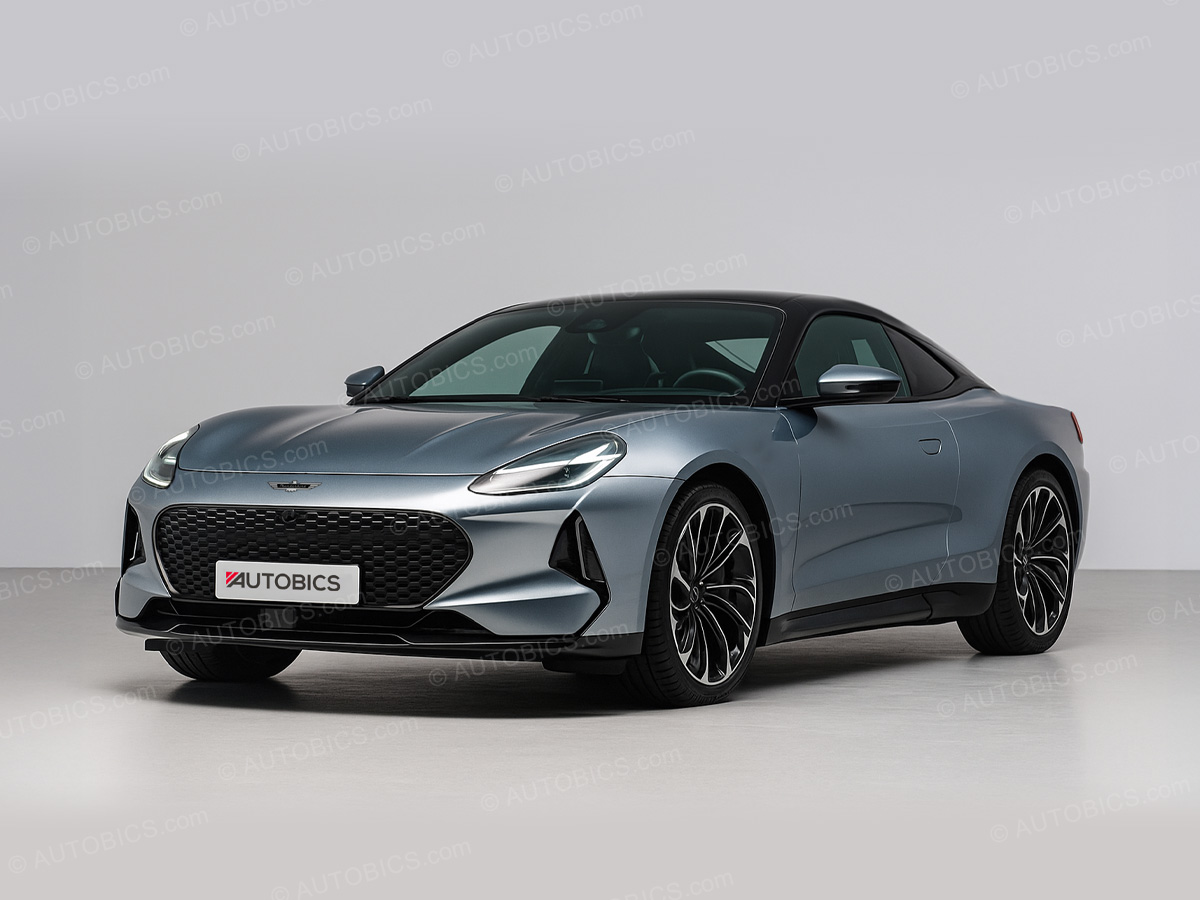
For a successful reintroduction, the 2026 Ford Thunderbird must unequivocally reclaim its historical identity as a personal luxury car, evolving into a modern “Grand Tourer.” This niche strategically differentiates it from Ford’s own Mustang, which, while capable as a GT, remains fundamentally a performance-focused sports car. The Thunderbird would emphasize comfort, sophisticated design, advanced technology, and effortless long-distance cruising over raw track performance. This strategic differentiation allows the Thunderbird to target a more mature, affluent demographic that prioritizes refinement, prestige, and long-distance comfort over pure sporting prowess. This approach justifies a higher price point and a richer feature set, creating a clear value proposition in the market that the Mustang does not fully address.
Design Philosophy: Blending Iconic Heritage with Future Aesthetics
The design of the 2026 Thunderbird would be a masterclass in “retro-futurism”. It would draw heavily from the timeless elegance of the “Baby Birds” (1955-1957) with their clean lines and distinctive profile. The iconic porthole windows would be reimagined, perhaps as a sophisticated design element in a power-retractable hardtop or integrated into the rear pillar for a modern touch. Elements of the “Jet Age” rocket-inspired styling could also influence subtle aerodynamic contours. Ford’s successful execution of retro design with the Bronco demonstrates its capability in this area. While honoring the past, the Thunderbird would seamlessly integrate Ford’s current design philosophy, characterized by sleek lines to dynamic shapes and a focus on blending functionality with aesthetic appeal. Aerodynamic efficiency would be paramount, especially if electrified powertrains are used, influencing body contours and underbody design. To maintain its identity and appeal, the 2026 Thunderbird should primarily be offered as a two-seat convertible/roadster, directly echoing its original form and the 11th generation. A sophisticated power-retractable hardtop would be a key feature, offering both open-air exhilaration and coupe-like refinement. A 2+2 coupe variant could also be considered, broadening its appeal and mirroring its historical evolution into a four-seater. Reflecting the growing trend in luxury vehicles, the Thunderbird would offer extensive customization options, including unique paint finishes, bespoke interior trim combinations, and personalized performance features, allowing owners to create a truly individual vehicle.
Powertrain Innovation: Performance Meets Efficiency
The Mustang platform serves as an ideal foundation, offering a range of robust and adaptable powertrain options. A prime candidate for the Thunderbird would be an electrified version of Ford’s legendary 5.0L Coyote V8. This would provide the ample force and fantastic driving experience expected of a Thunderbird, but with enhanced power and efficiency through electrification. This option would appeal to traditionalists seeking classic American V8 power with a modern twist.
A high-performance 2.3L EcoBoost hybrid producing over 350 horsepower would offer a compelling balance of spirited performance and superior fuel efficiency. This variant would attract buyers prioritizing modern efficiency and a lighter environmental footprint without sacrificing dynamic capability. A plug-in hybrid (PHEV) option, offering short electric-only driving capabilities, would further align with Ford’s aggressive EV push and the broader trend towards electrification in luxury vehicles. This provides versatility for urban commutes and longer journeys. While a fully electric Mustang coupe is unlikely in 2026, a Thunderbird EV could be a logical progression in the future, leveraging Ford’s dedicated EV platforms and ongoing battery advancements. This would tap into the rise of electric conversion in classic cars by offering a fully modern, zero-emission interpretation of the icon. To cater to diverse driving preferences, both a responsive 10-speed automatic transmission (standard on most variants) and a six-speed manual option (potentially for specific performance-oriented trims, as seen in Mustang) would be available, ensuring driver engagement and smooth luxury cruising.
The Sanctuary Within: Luxury, Technology, and Comfort
The interior of the 2026 Thunderbird would be a testament to Ford’s commitment to luxury and cutting-edge technology, directly addressing the criticisms of the 2005 model. It would be designed as a true sanctuary for grand touring. A significant contributing factor to the 2005 Thunderbird’s failure was its dreary, budget interior and its perceived similarity to the Lincoln LS, especially given its premium price tag. This highlights that for a luxury-segment vehicle, the interior quality, comfort, and technological integration are paramount; they are not mere afterthoughts but core differentiators. Ford’s current substantial investments in the Ford Digital Experience, premium materials, and advanced comfort features demonstrate that the company now possesses the capability and strategic intent to deliver a truly high-end cabin.
Expect sumptuous, high-quality leather upholstery with unique quilted patterns and perforation for both comfort and style. Genuine wood trim and brushed aluminum accents would create an upscale, warm, and sophisticated atmosphere. Ford’s commitment to sustainability would be evident through the increased use of recycled plastics and plant-based leather alternatives like ActiveX, offering a premium feel without animal products. Echoing the trend in the luxury market, the Thunderbird would offer extensive personalization options, including unique trim combinations, custom stitching, and personalized ambient lighting settings, allowing owners to tailor the cabin to their individual tastes.
At the heart of the cabin would be the Ford Digital Experience, an advanced infotainment system built on Android Automotive OS. This would feature large, intuitive touchscreens, likely 13.2-inch to 15.5-inch central displays, and a panoramic digital instrument cluster, 12.4 inches or larger.
Key features include:
- Seamless integration with Google services, including Google Maps with real-time traffic, Google Assistant for voice control, and the Google Play Store for in-vehicle apps like Spotify, YouTube, and Webex.
- Augmented Reality (AR) navigation, projecting turn-by-turn directions onto the windshield.
- Wireless Apple CarPlay and Android Auto compatibility.
- A premium B&O Sound System by Bang & Olufsen for an immersive audio experience.
- Convenience features like a wireless charging pad.
The 2026 Thunderbird would be equipped with Ford’s most advanced safety and driver-assistance technologies, building on the Ford Co-Pilot360 suite. This includes pre-collision assist, blind-spot assist, reverse brake assist, intersection assist, and a 360-degree surround-view camera system. Furthermore, Ford’s BlueCruise system would offer hands-free highway driving. With Ford’s CEO targeting Level 3 autonomy by 2026, the Thunderbird could potentially offer hands- and eye-free driving capabilities on compatible highways, setting a new standard for effortless grand touring.
The cabin would prioritize supreme comfort for long journeys. This includes multi-contour front seats with Active Motion massage functionality, heated and ventilated front seats, a heated steering wheel, and tri-zone automatic climate control. Ambient lighting with multiple color options would allow for personalized cabin ambiance. A large panoramic sunroof or fixed-glass roof would enhance the sense of spaciousness and connect occupants with the outside world. The integration of Google services, augmented reality navigation, and extensive personalization elevates the user experience beyond simple functionality to an immersive, intuitive, and luxurious environment.
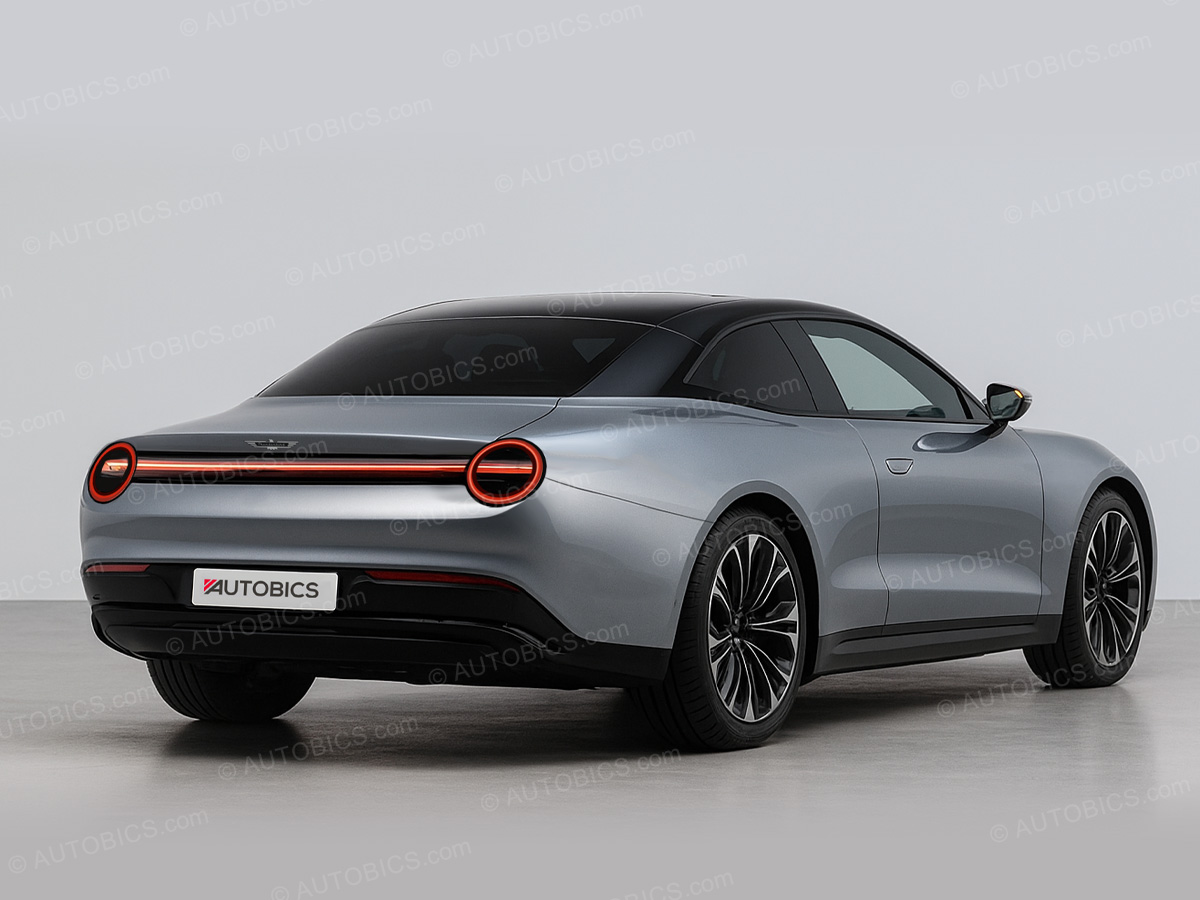
| Ford Technology/Feature | Description | Current Ford Models Utilizing It | Potential Application/Benefit in 2026 Thunderbird |
| Electrification (EV/Hybrid) | Increased range (400+ miles), fast charging (80% in <20 min), sustainable materials. | Mustang Mach-E, F-150 Lightning, upcoming 2025 EVs | Provides efficient, powerful, and environmentally conscious powertrains (electrified V8, EcoBoost hybrid, PHEV), aligning with modern luxury trends and sustainability goals. |
| Ford Digital Experience | Next-gen infotainment with Android Automotive OS, Google integration (Maps, Assistant, Play Store), 5G connectivity, OTA updates. | 2025 Explorer, F-150, Mustang Mach-E, Ranger | Ultra-responsive, personalized infotainment with AR navigation, seamless app integration, and voice control, elevating the luxury cabin experience and justifying a premium price. |
| Ford Co-Pilot360 & BlueCruise | Advanced Driver Assistance Systems (ADAS) including pre-collision assist, blind-spot assist, 360-degree camera, and hands-free highway driving. Level 3 autonomy targeted for 2026. | All major Ford models (Mustang, Explorer, F-150, Mach-E) | Enhances safety, convenience, and reduces driver fatigue for grand touring. Potential for hands- and eye-free highway driving sets a new standard for effortless luxury. |
| Premium Interior Materials & Features | High-quality leather, real wood/aluminum accents, ActiveX™ seating, multi-contour massage seats, panoramic roofs, heated/ventilated seats. | Explorer Platinum, Mustang Mach-E Premium, Expedition Platinum, F-150 Platinum/King Ranch | Creates a “no compromise” sanctuary-like cabin, directly addressing past criticisms and delivering the expected luxury experience for discerning buyers. |
| Retro-Futuristic Design Language | Blending iconic heritage cues (e.g., Bronco’s classic profile) with modern aesthetics and aerodynamics. | Ford Bronco, Bronco Sport, 2025 F-150 | Allows the Thunderbird to honor its iconic past (e.g., porthole windows, clean lines) while appearing fresh, contemporary, and aerodynamically efficient, appealing to both nostalgic and forward-thinking buyers. |
Market Impact and Outlook: Will the Ford T-Bird Soar Again?
The reintroduction of the Ford Thunderbird into the luxury and performance segments presents both significant challenges and compelling opportunities.
Analysis of Potential Challenges and Opportunities
Challenges:
- Intense Competition: The luxury coupe and grand tourer segments are highly competitive, dominated by established European marques like BMW, Mercedes-Benz, Porsche, and Lexus. The Thunderbird would need to differentiate itself powerfully to capture market share.
- Shifting Consumer Preferences: While luxury coupes exist, the broader automotive market continues its strong shift towards SUVs and trucks. The Thunderbird would need to appeal to a specific, discerning niche.
- Brand Perception Overhaul: Overcoming the negative perceptions and lingering questions from the 2005 discontinuation would require a robust marketing campaign and a product that unequivocally delivers on its promises.
- Pricing Strategy: Finding the optimal price point that reflects its luxury positioning while remaining competitive and avoiding the “overpriced for its value” criticism of the past will be crucial.
Opportunities:
- Unleashing Nostalgia and Retro-Futurism: The strong market appetite for heritage-inspired vehicles provides a significant tailwind. The Thunderbird’s iconic status offers a unique emotional connection that new models cannot replicate.
- Electrification and Sustainability Appeal: Tapping into the growing demand for sustainable luxury with electrified powertrains would open new demographics and align with modern values.
- Technological Leadership: Ford’s robust and advanced infotainment (Ford Digital Experience, Google integration) and ADAS suite (BlueCruise, Level 3 autonomy potential) can be a major differentiator, positioning the Thunderbird as a tech-forward luxury vehicle.
- Unique Niche: A clearly defined “personal luxury grand tourer” niche, distinct from the Mustang, allows the Thunderbird to occupy a unique space in Ford’s portfolio and the broader market.
- Leveraging Brand Loyalty: The Thunderbird still commands a loyal following, and a well-executed revival could reignite this passion and attract new enthusiasts.
How a 2026 Thunderbird Could Redefine the Personal Luxury Segment
The Thunderbird has historically embodied “American Style and Extravagance”. While the luxury coupe and grand tourer segments are currently dominated by European brands , there is a discernible and growing appreciation for distinct American heritage designs, as evidenced by the success of retro-inspired vehicles like the Bronco. Ford’s current technological capabilities and commitment to sustainable practices enable it to combine this classic American aesthetic with cutting-edge features. This is not just about competing on specifications; it is about offering a unique identity and emotional connection that European brands cannot replicate.
A 2026 Thunderbird could strategically position itself as the definitive American luxury grand tourer, offering a compelling alternative to the predominantly European offerings. This would appeal to buyers who seek a vehicle with a strong sense of national pride and a rich automotive legacy, differentiating itself through its unique blend of heritage, comfort, and modern innovation. By seamlessly blending its deep American heritage with cutting-edge electrification, advanced technology, and a strong commitment to sustainable luxury, it could redefine the personal luxury segment. Offering a truly bespoke, comfortable, and intuitive driving experience tailored for long journeys, it could set a new benchmark for effortless, connected travel. This would establish a new standard for American luxury that stands distinct from its European counterparts, appealing to a global audience with its unique blend of style, comfort, and technological sophistication.
The Future is Calling
The prospect of a 2026 Ford Thunderbird is more than just a nostalgic fantasy; it represents a compelling possibility rooted in Ford’s evolving strategic direction and considerable technological prowess. By learning from its storied past, particularly the pitfalls of previous discontinuations, and leveraging its current advancements in electrification, cutting-edge infotainment, and advanced driver-assistance systems, Ford is uniquely positioned to resurrect the Thunderbird as a definitive personal luxury grand tourer for the modern age.
Such a revival would honor the Thunderbird’s iconic heritage through sophisticated retro-futuristic design, while confidently embracing the future with powerful, efficient electrified powertrains and a sanctuary-like interior replete with bespoke luxury and seamless connectivity. This endeavor is not merely about bringing back a nameplate; it is about redefining American luxury, offering a distinct alternative in a competitive global market, and once again allowing the legendary Thunderbird to soar. The future is indeed calling for a Thunderbird that is both a tribute to its enduring legacy and a bold statement of innovation.
